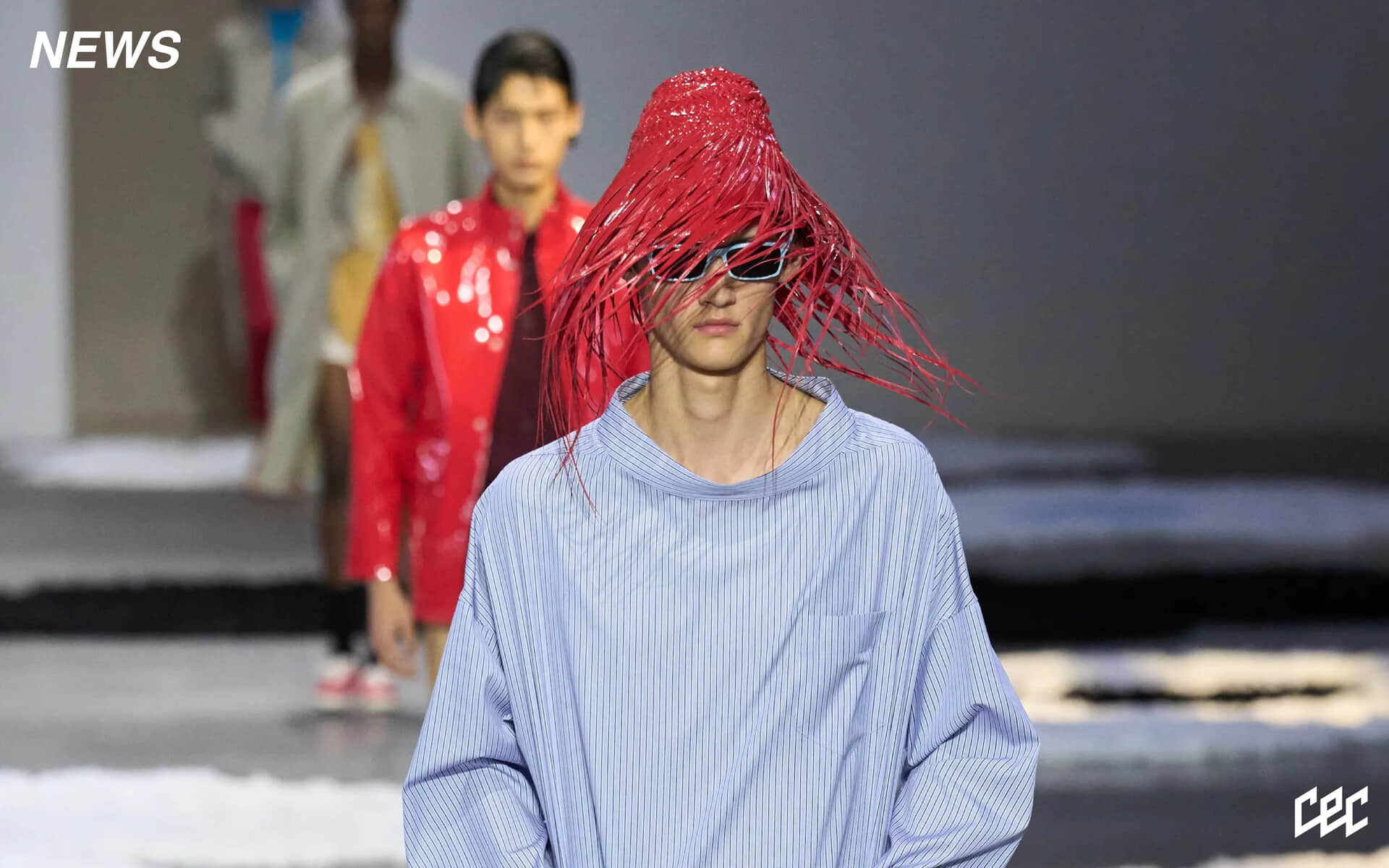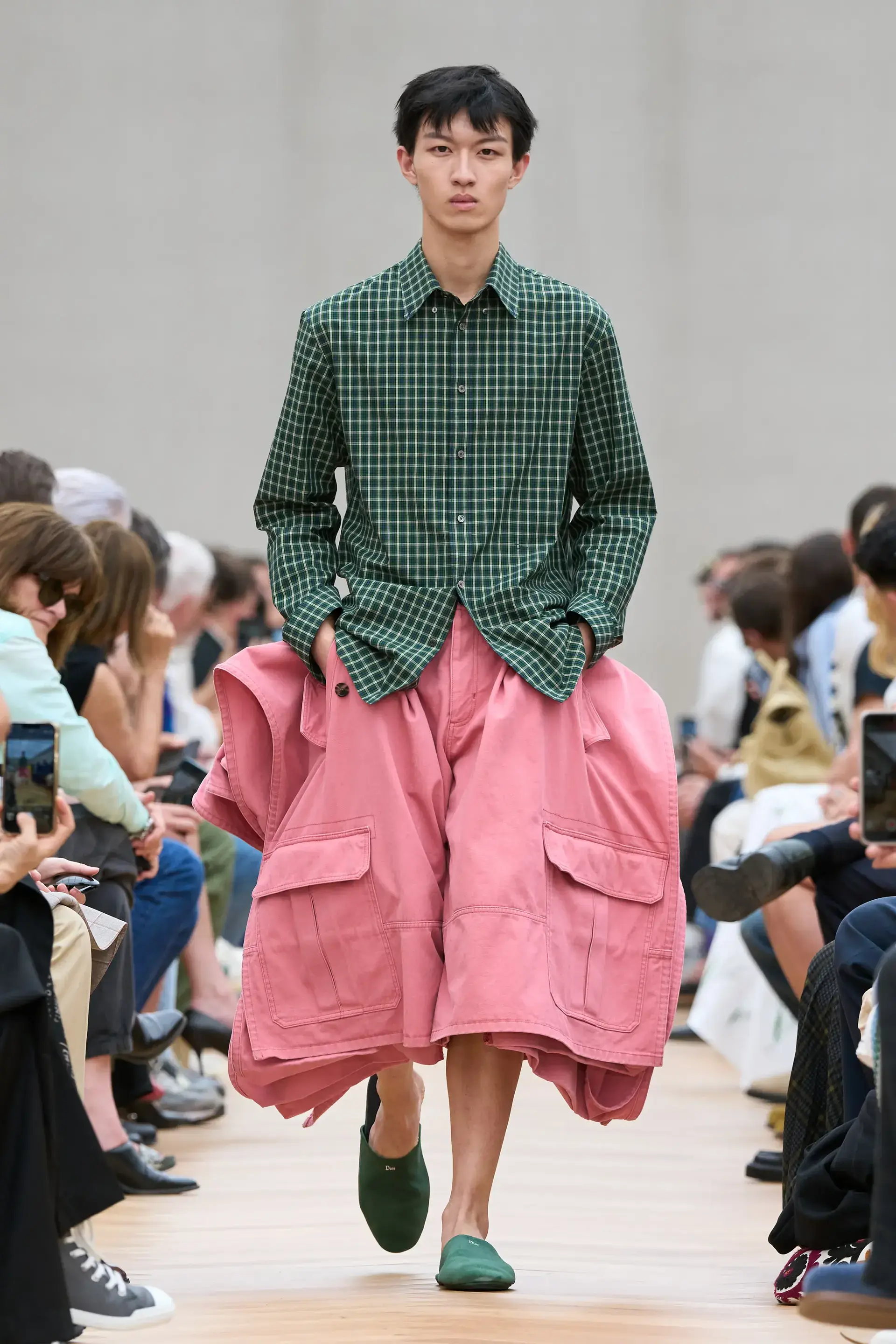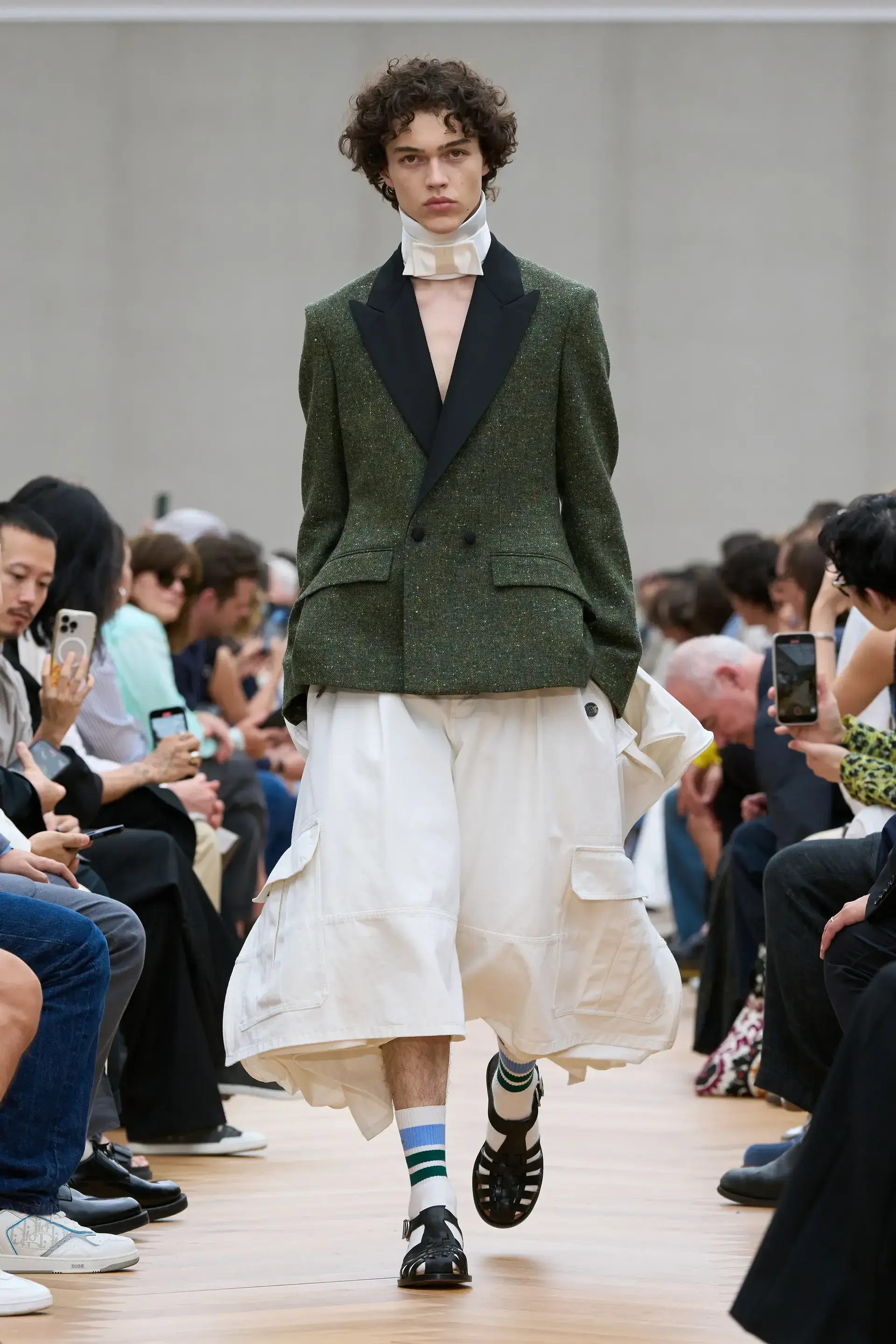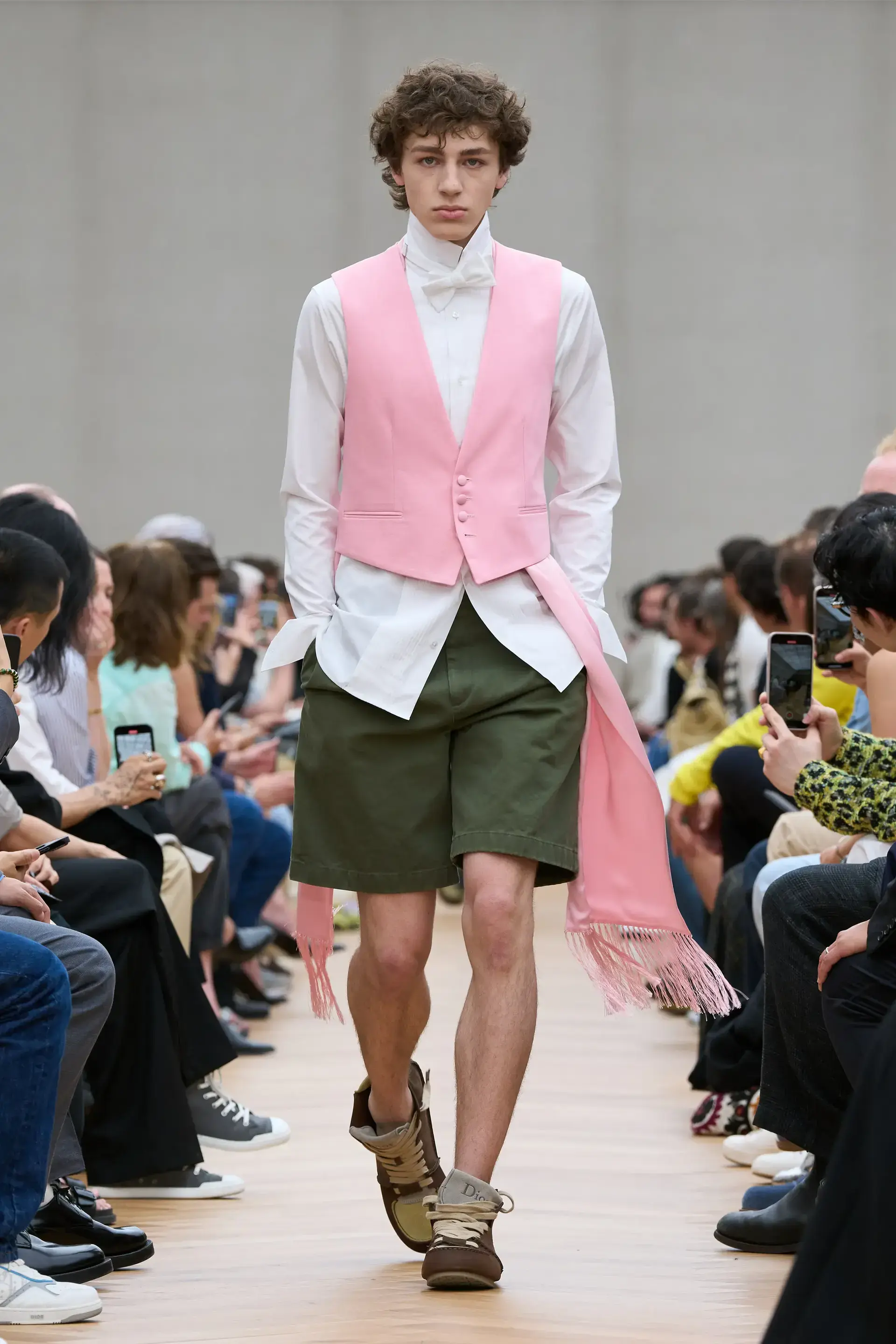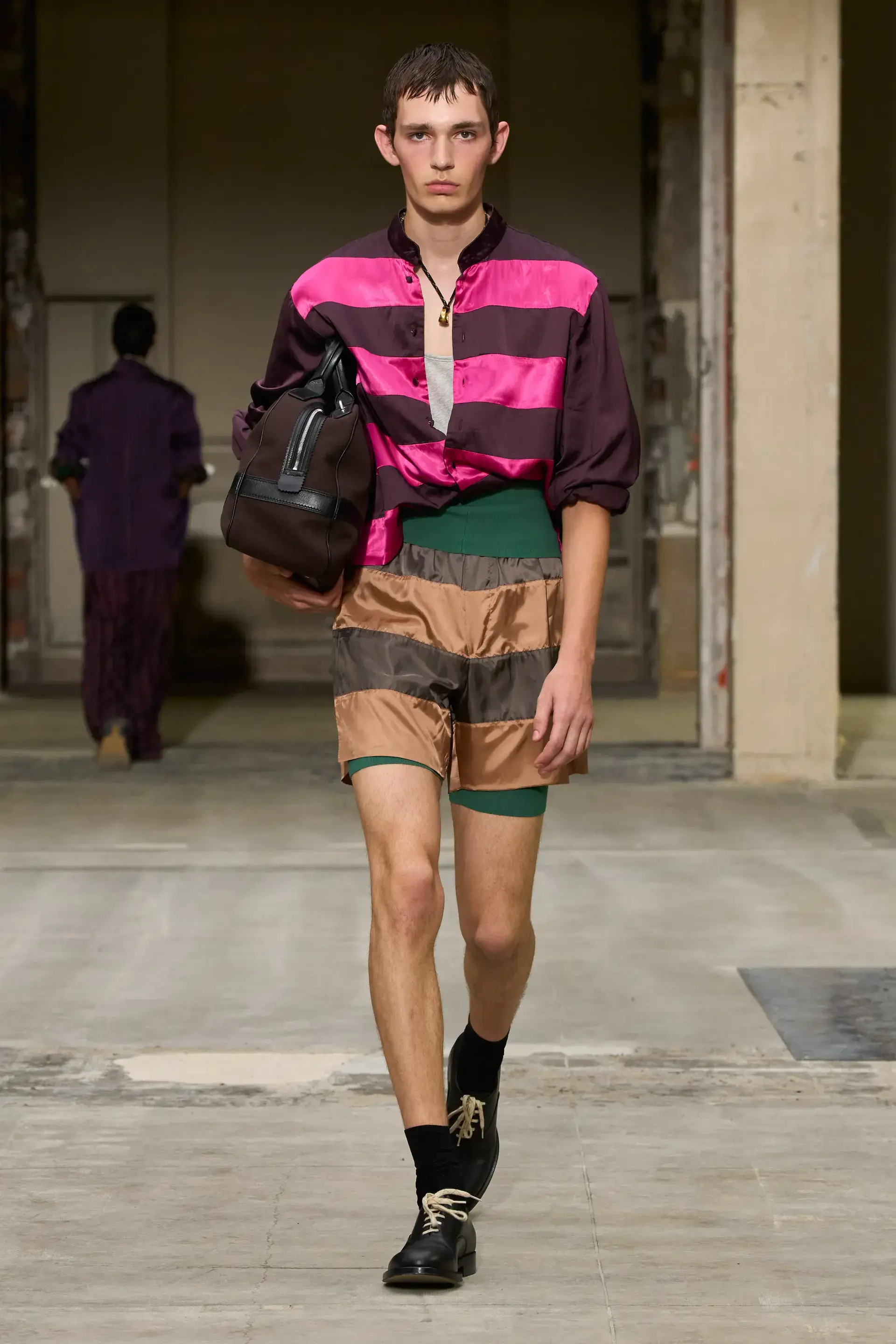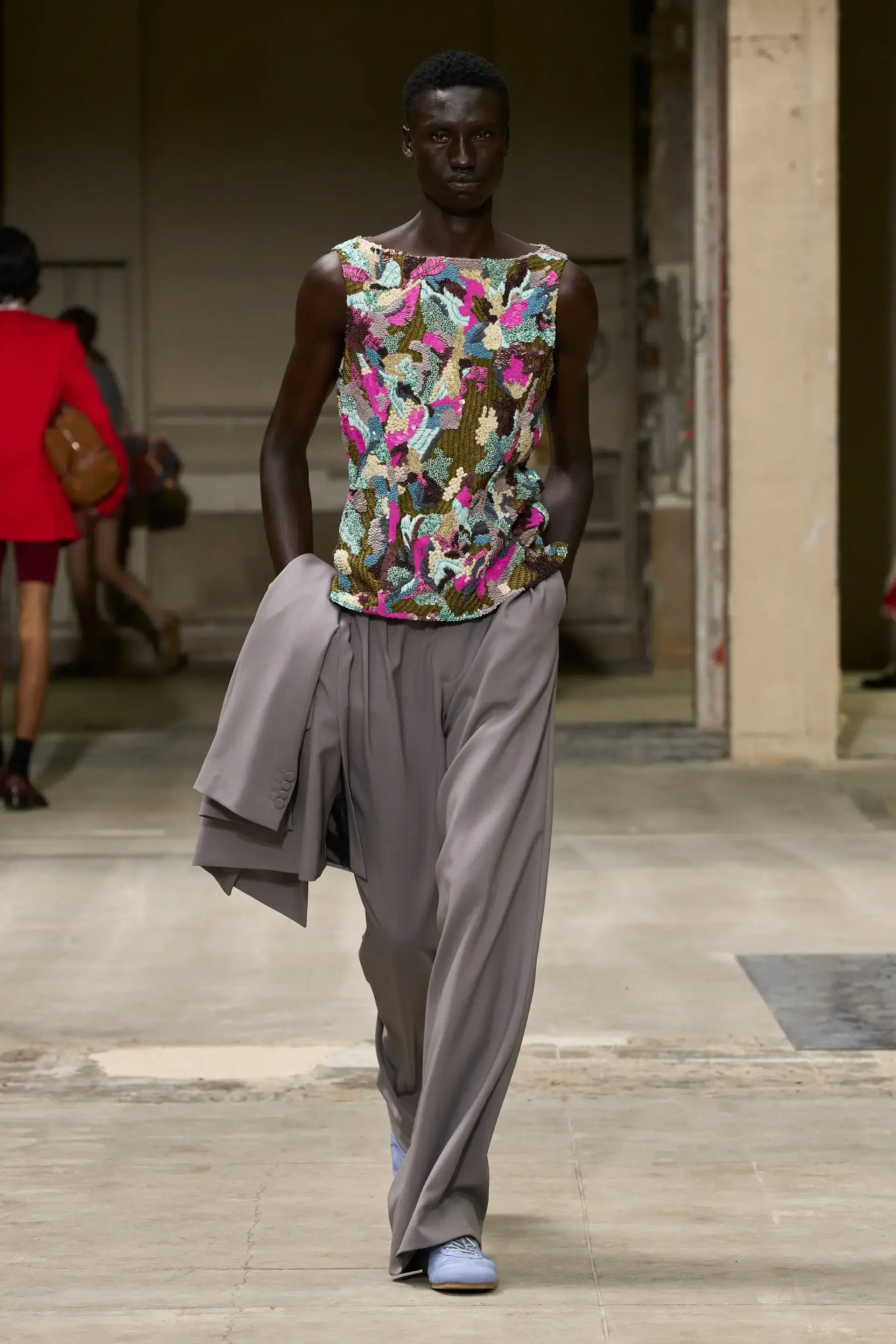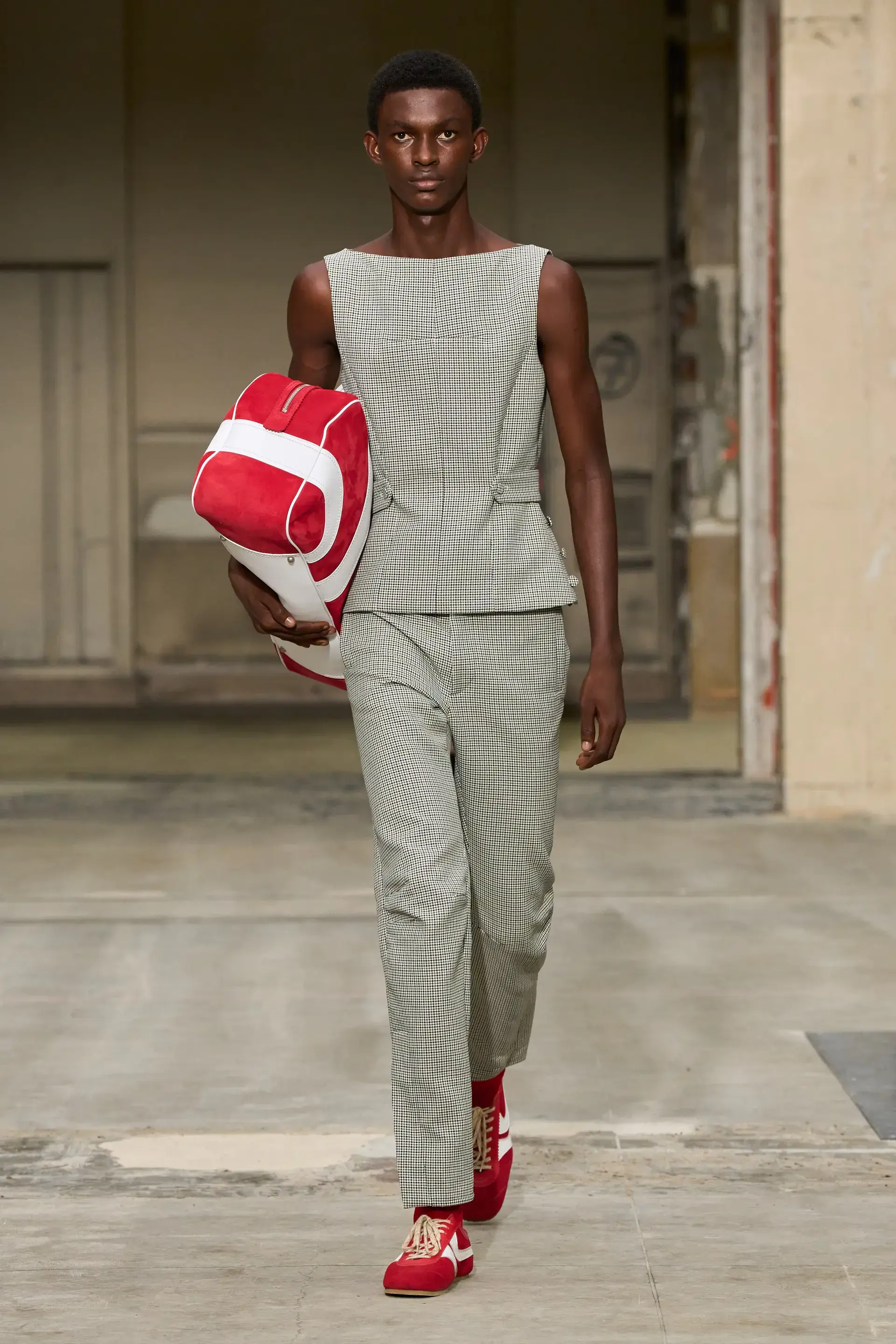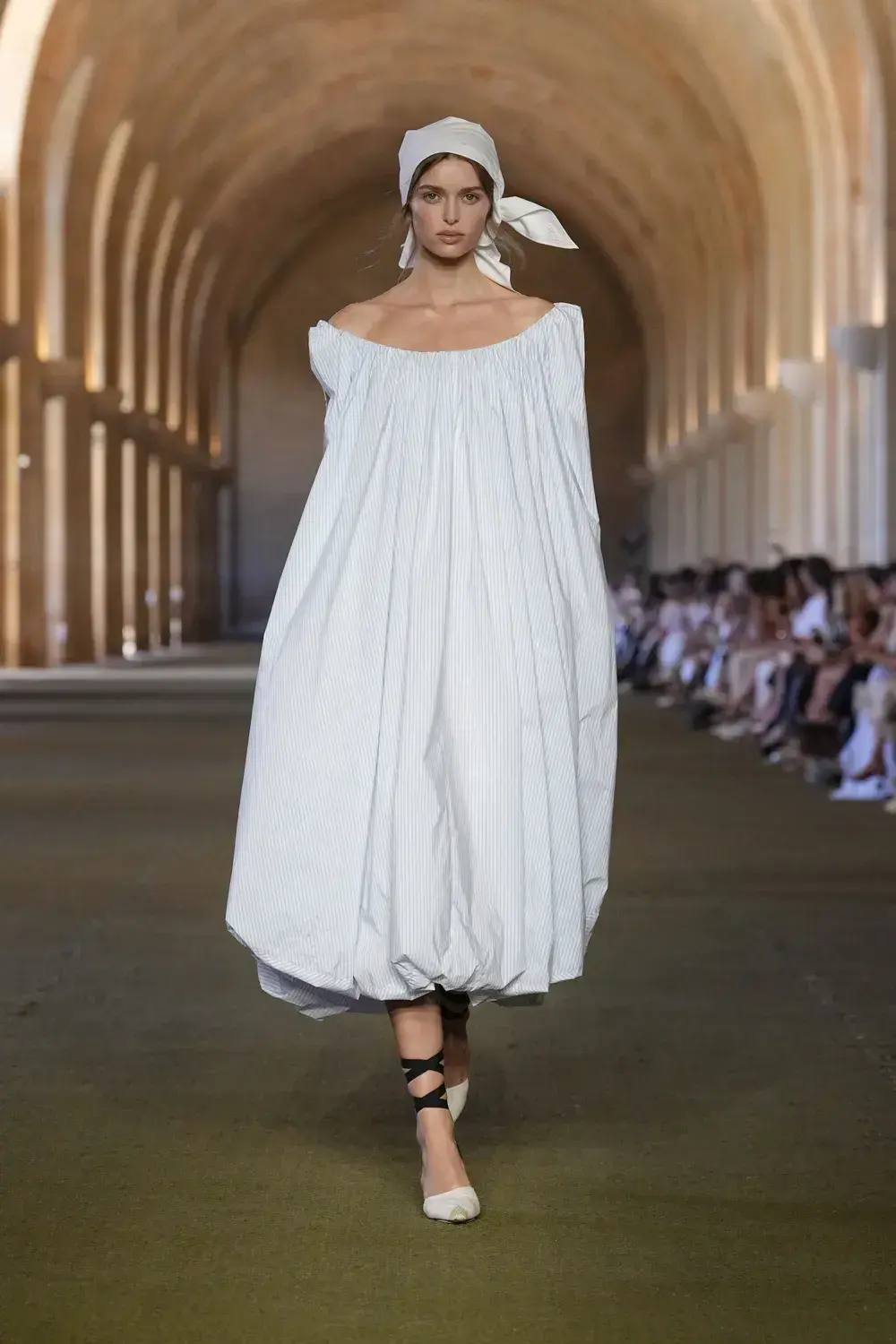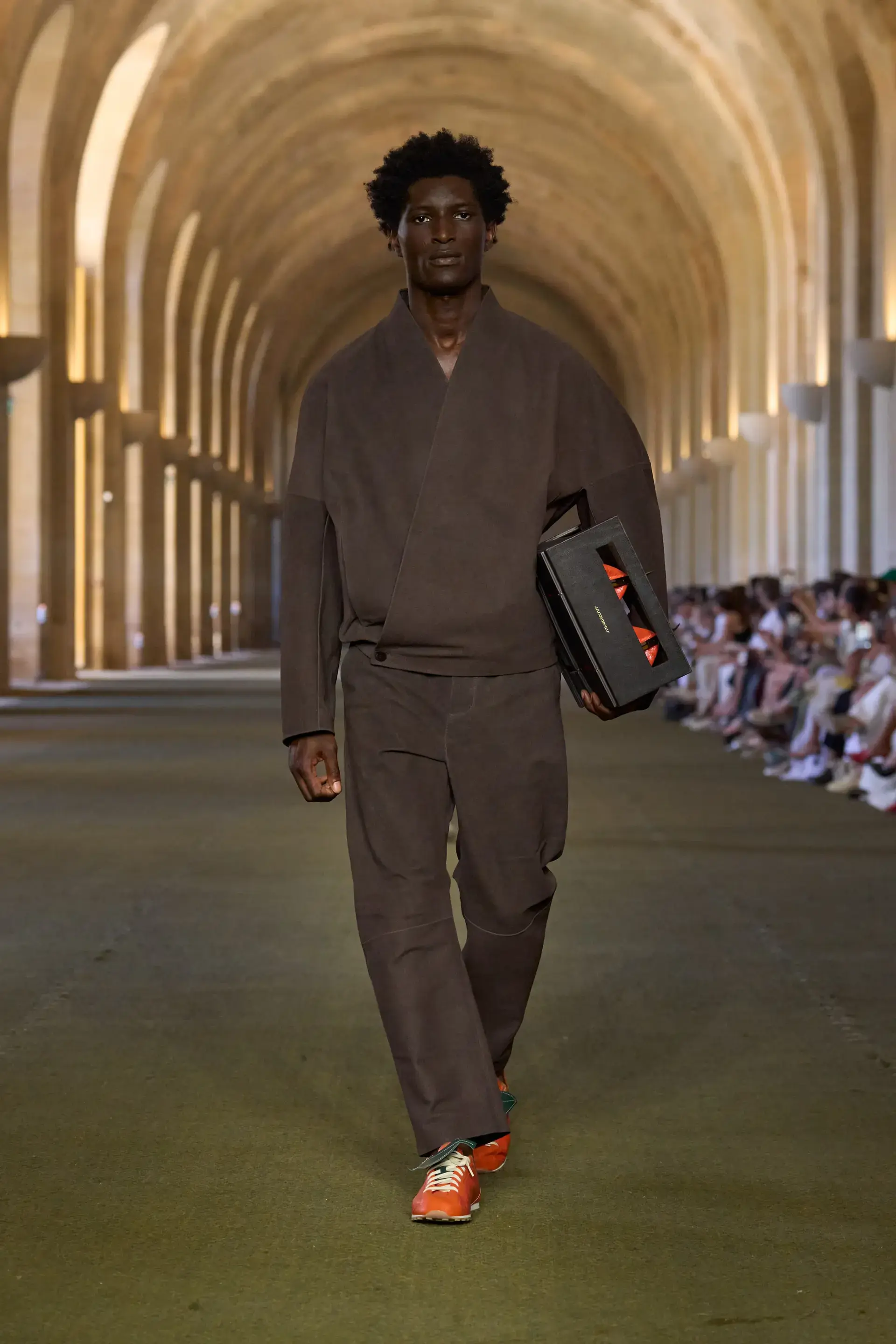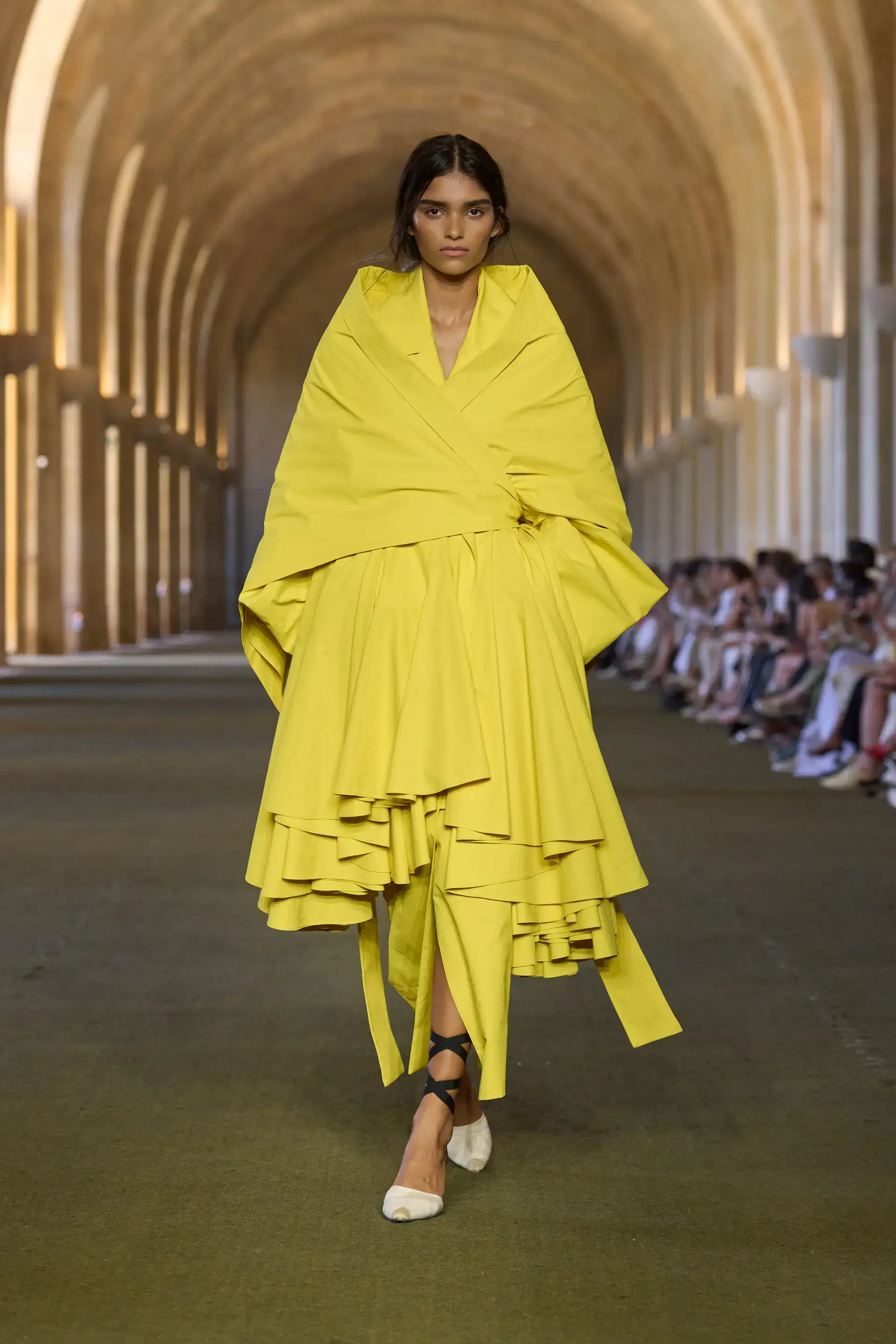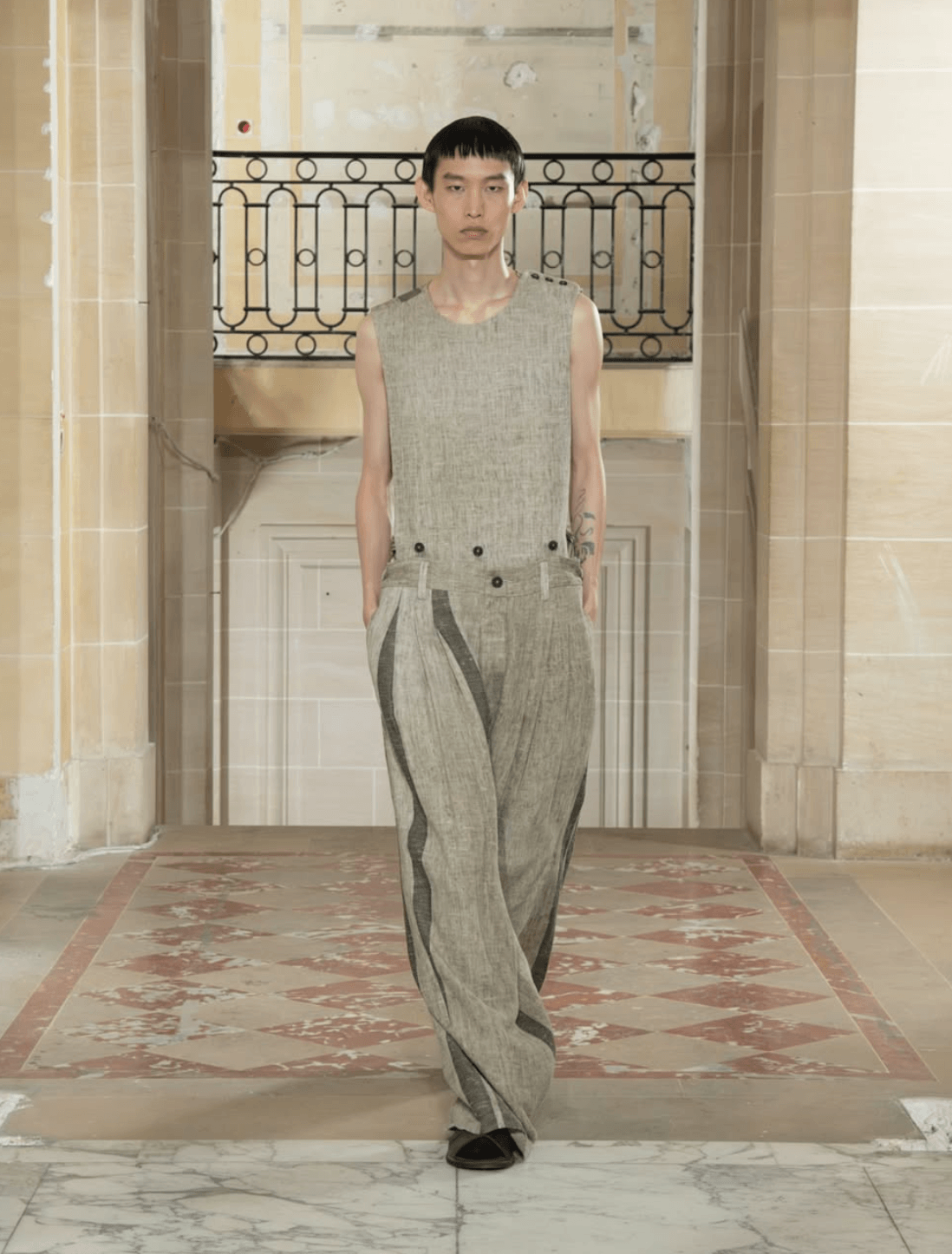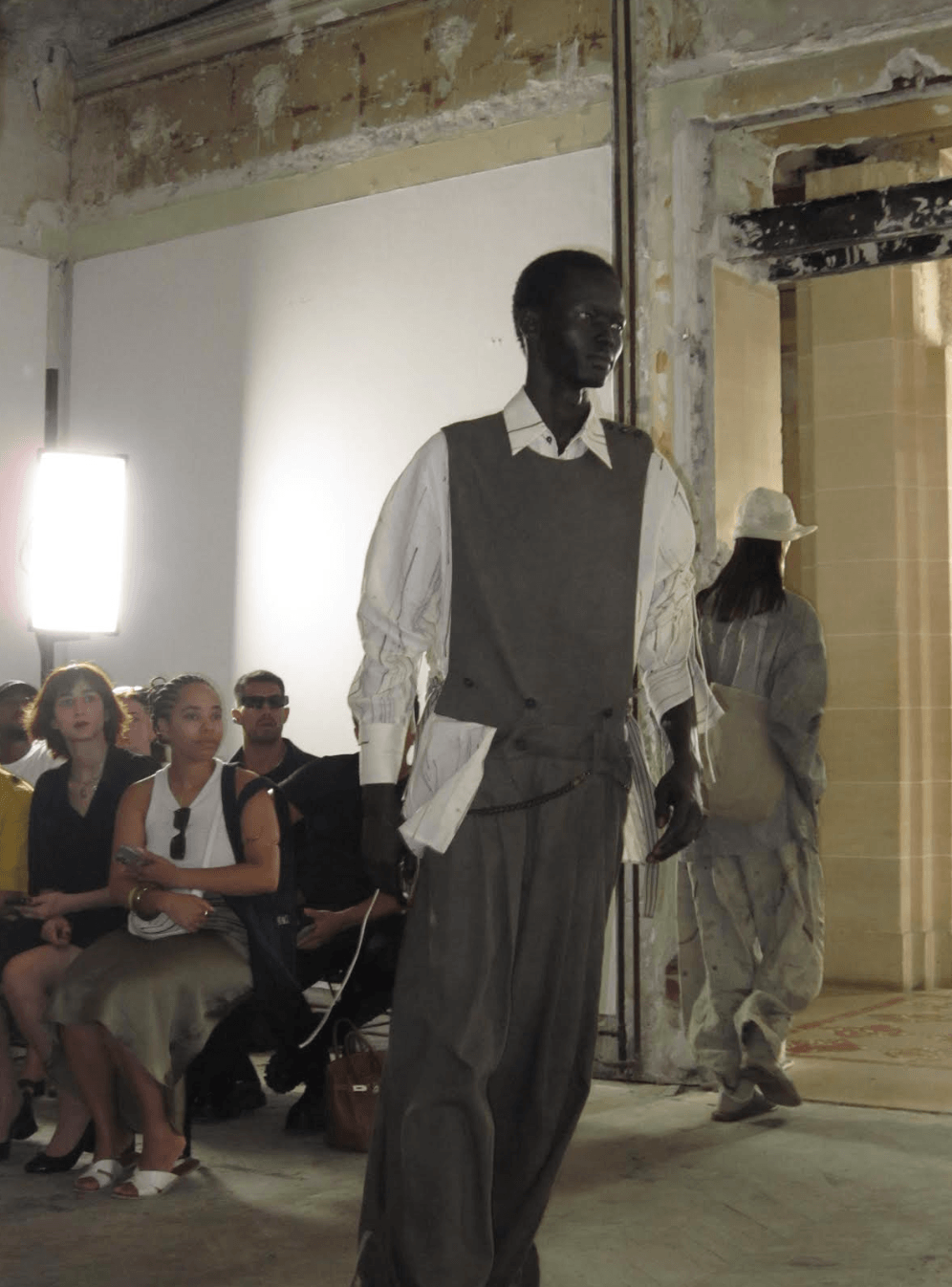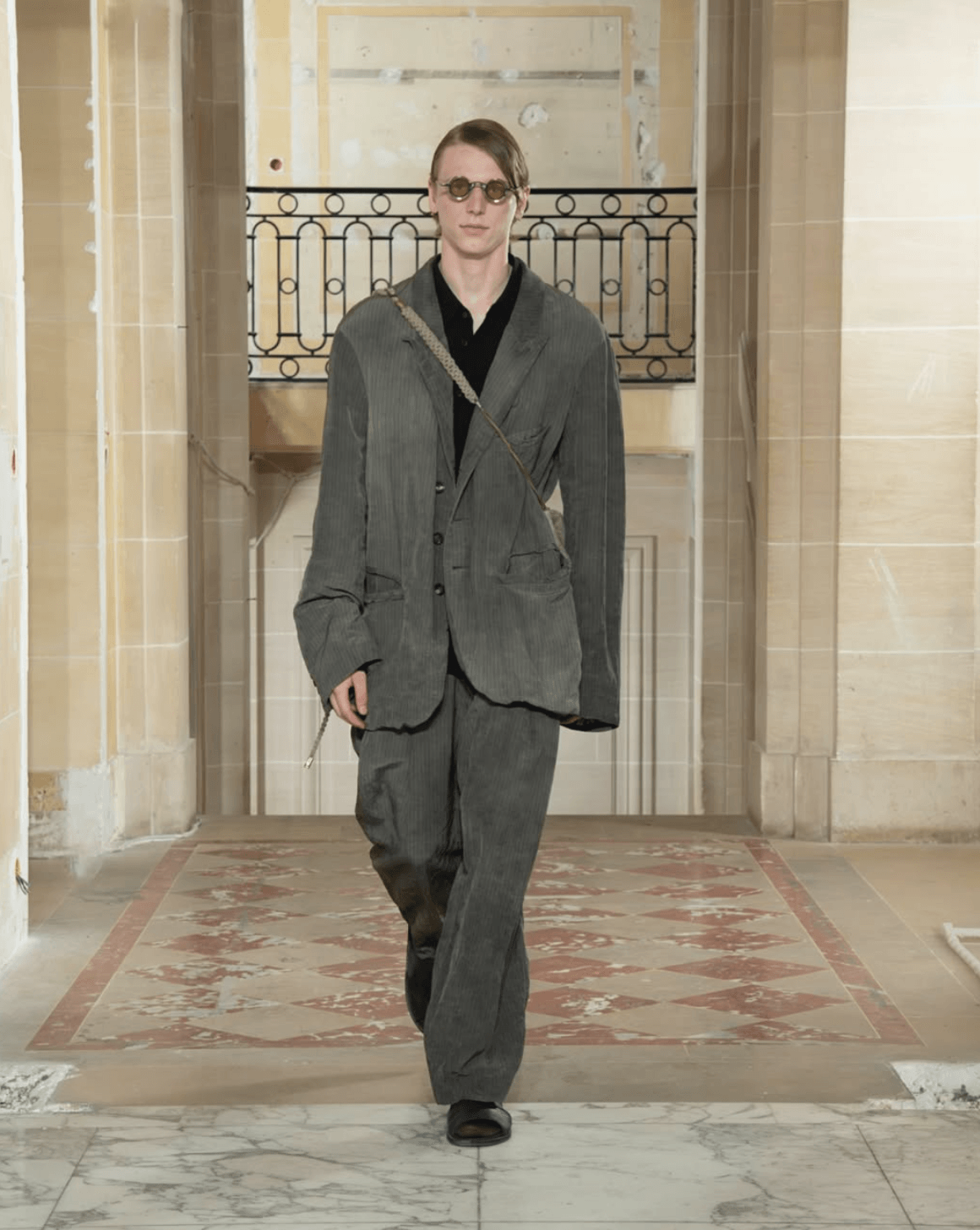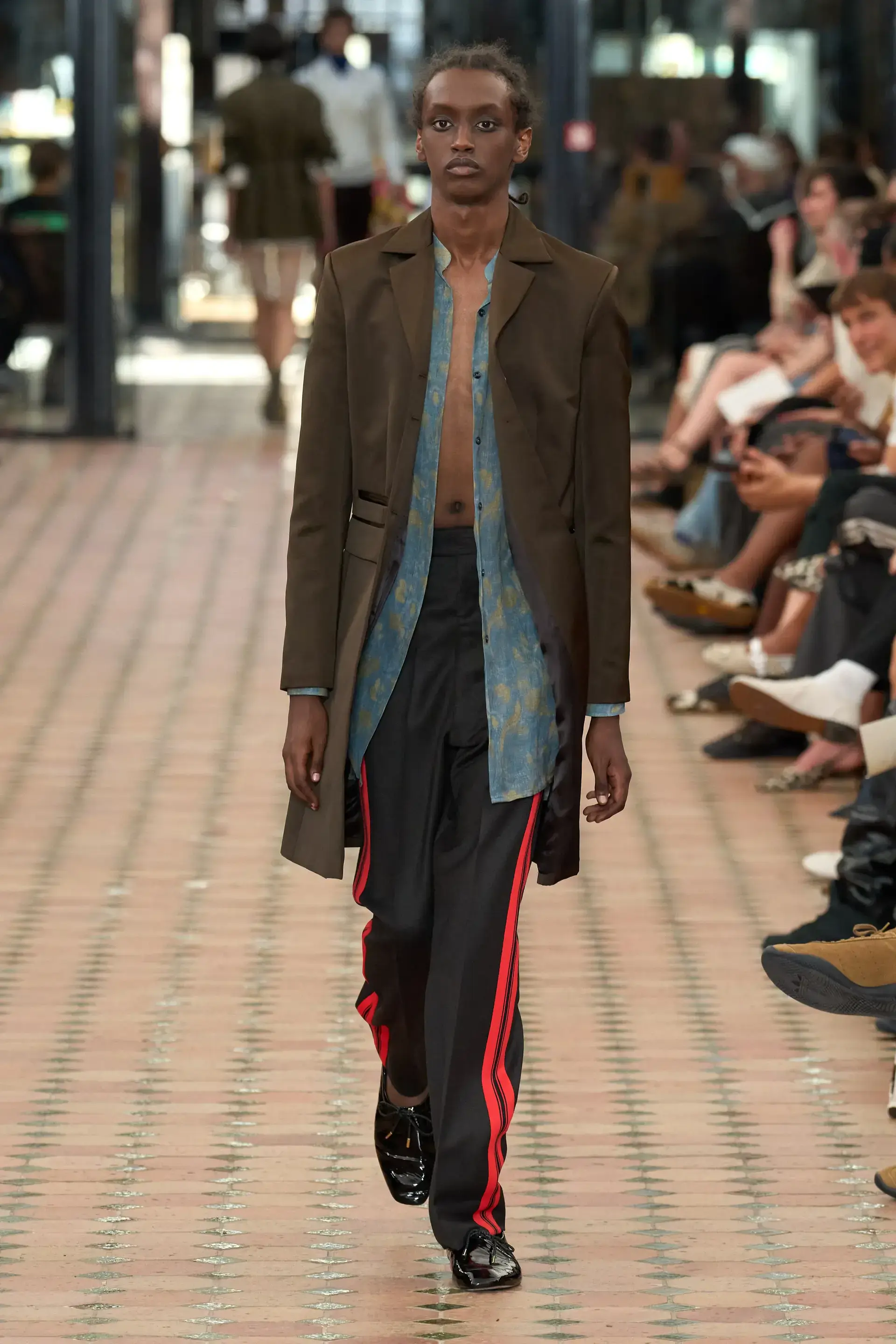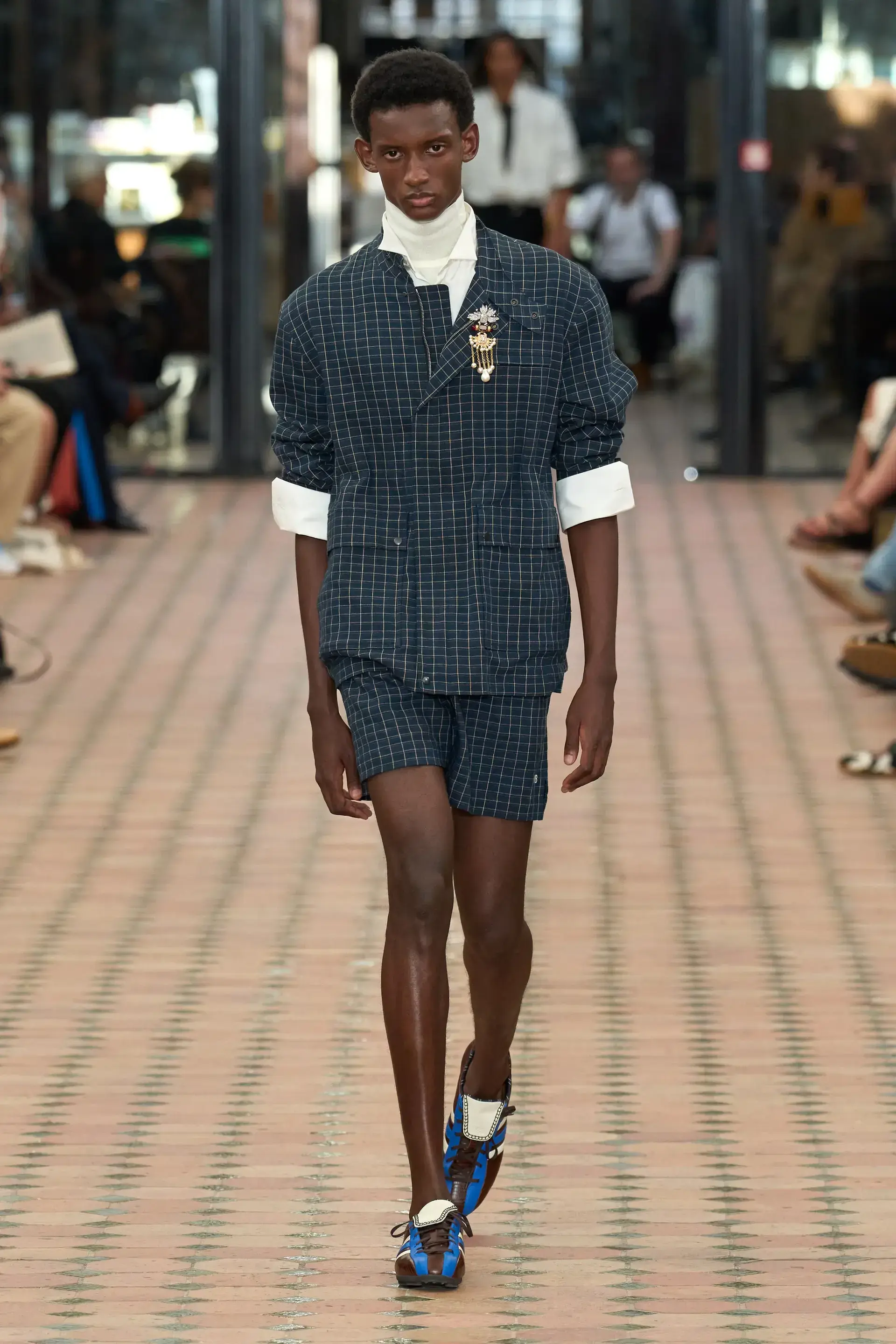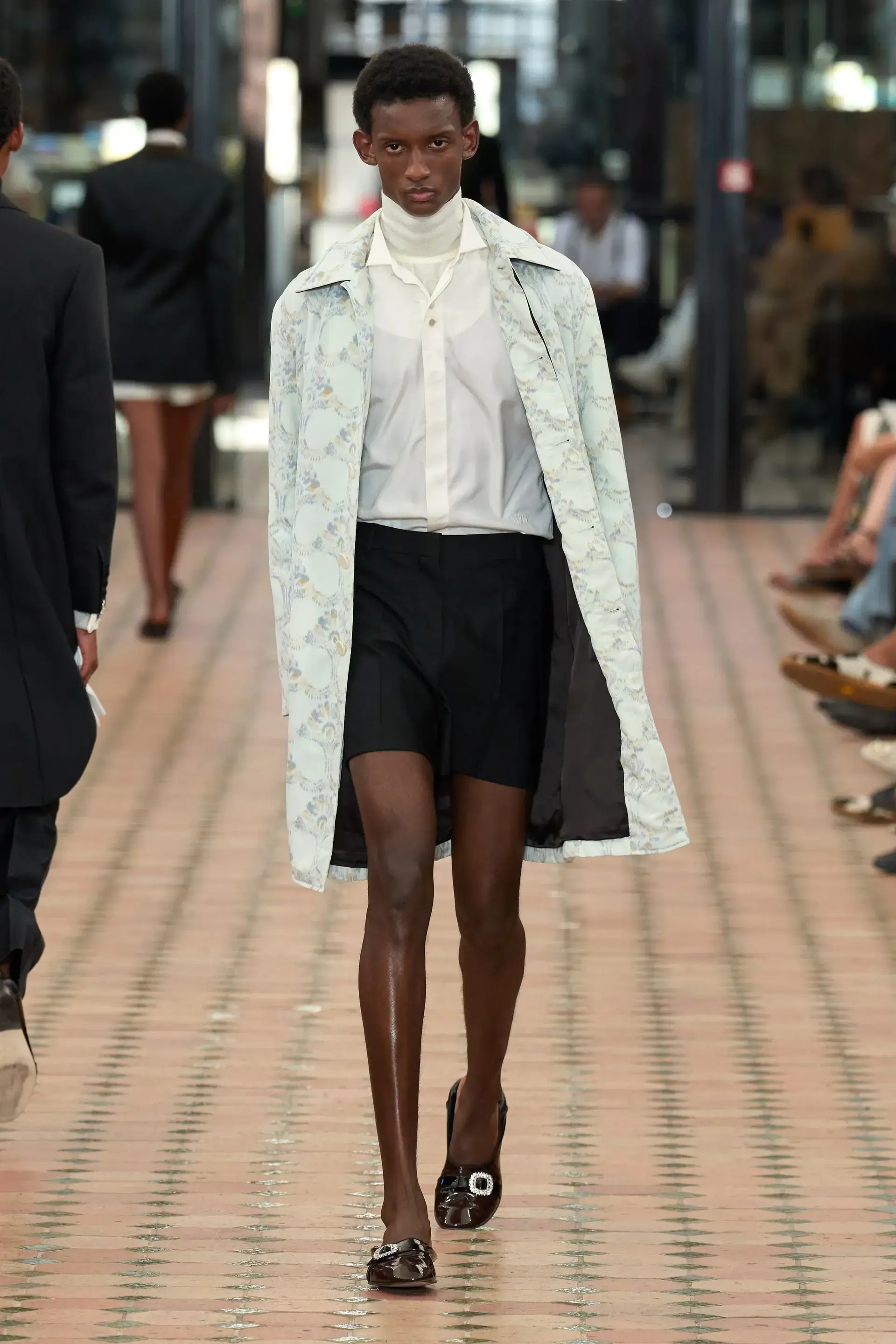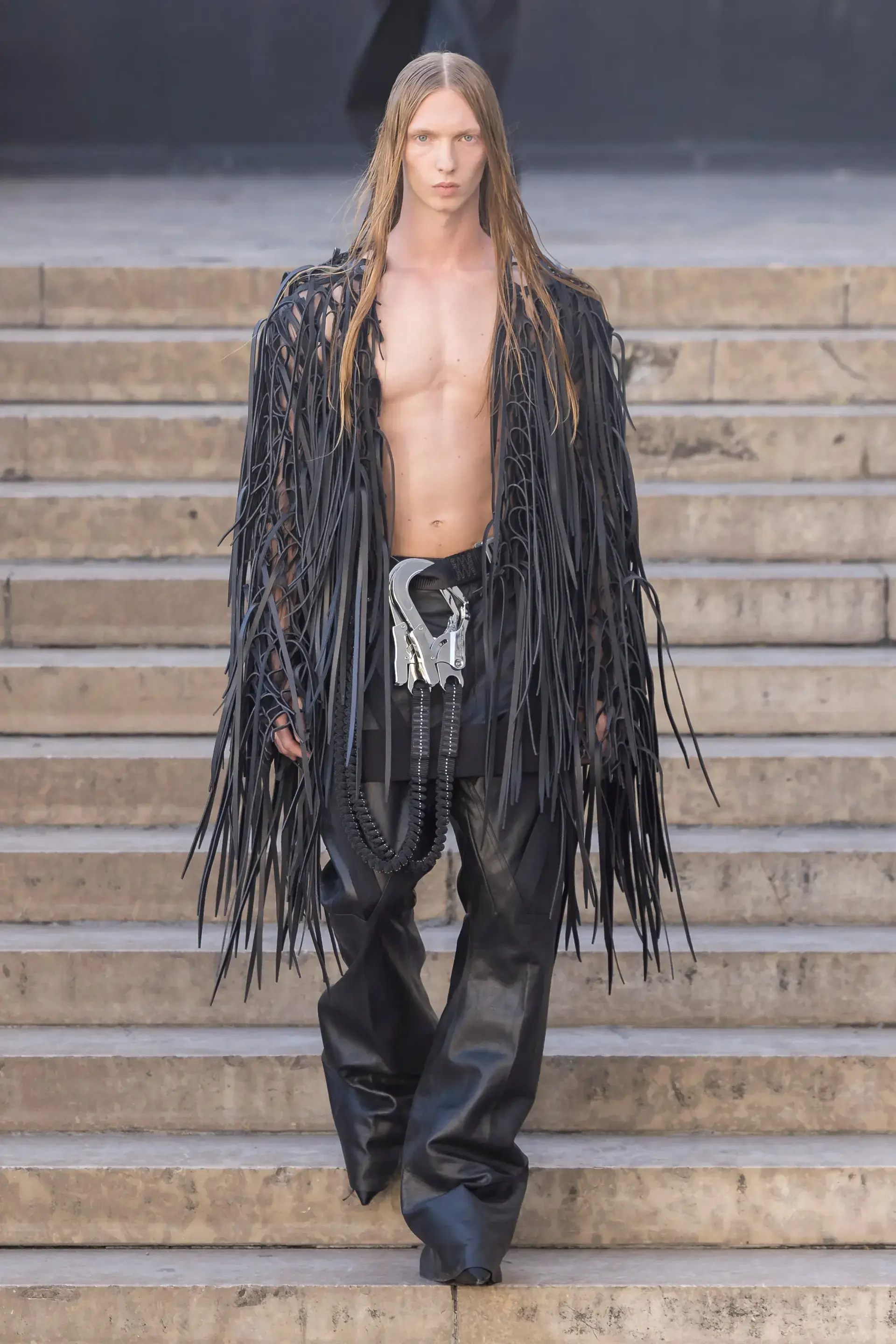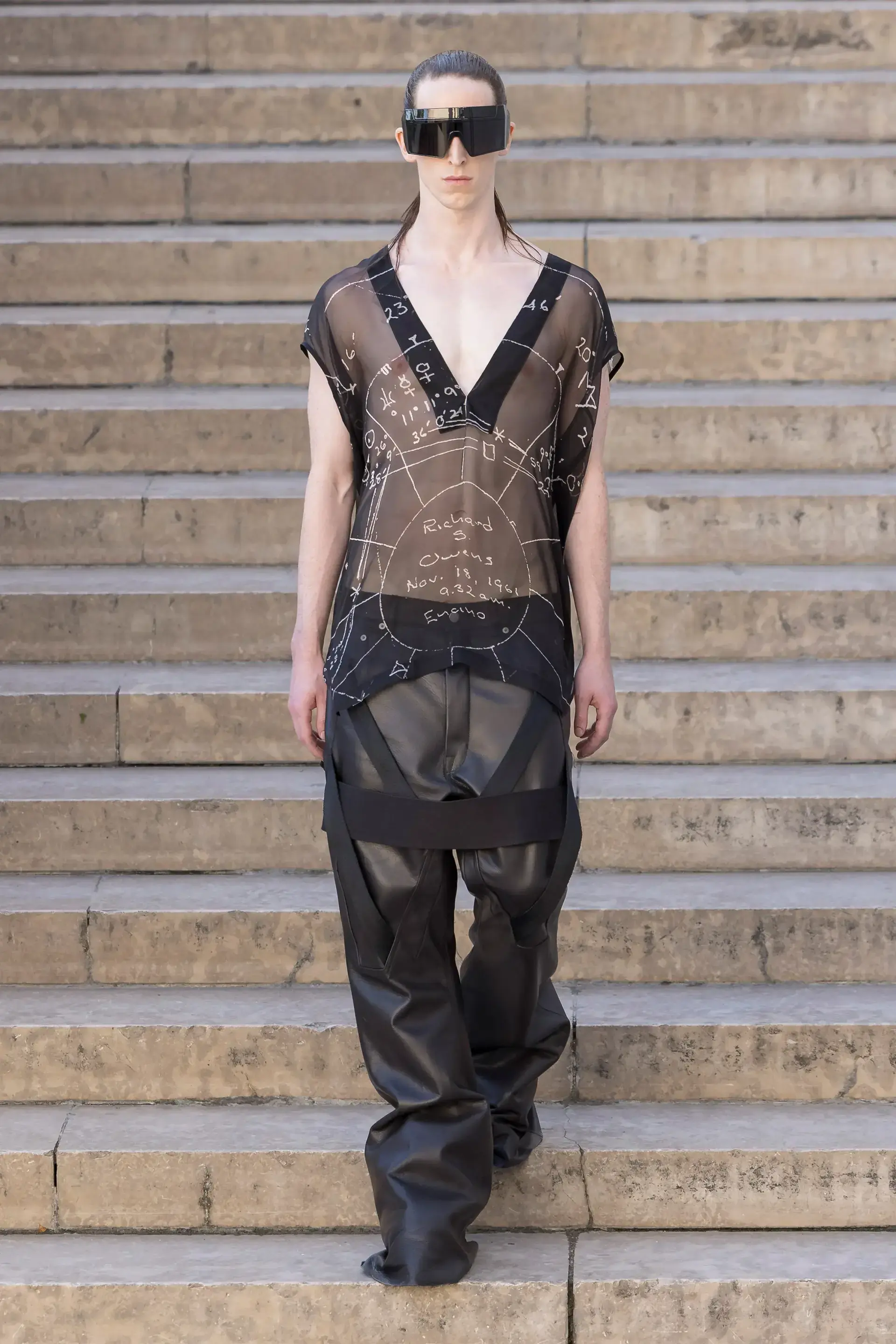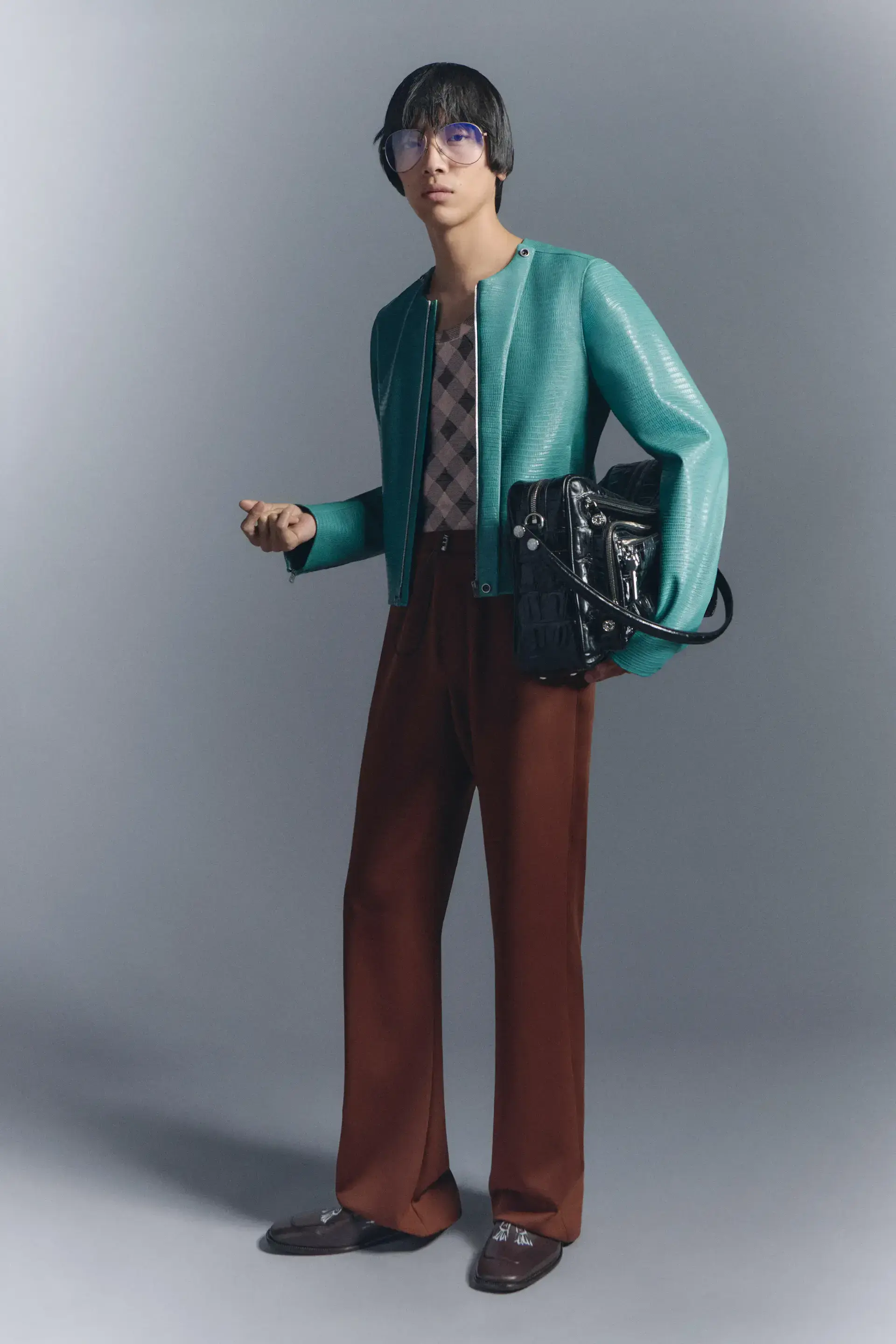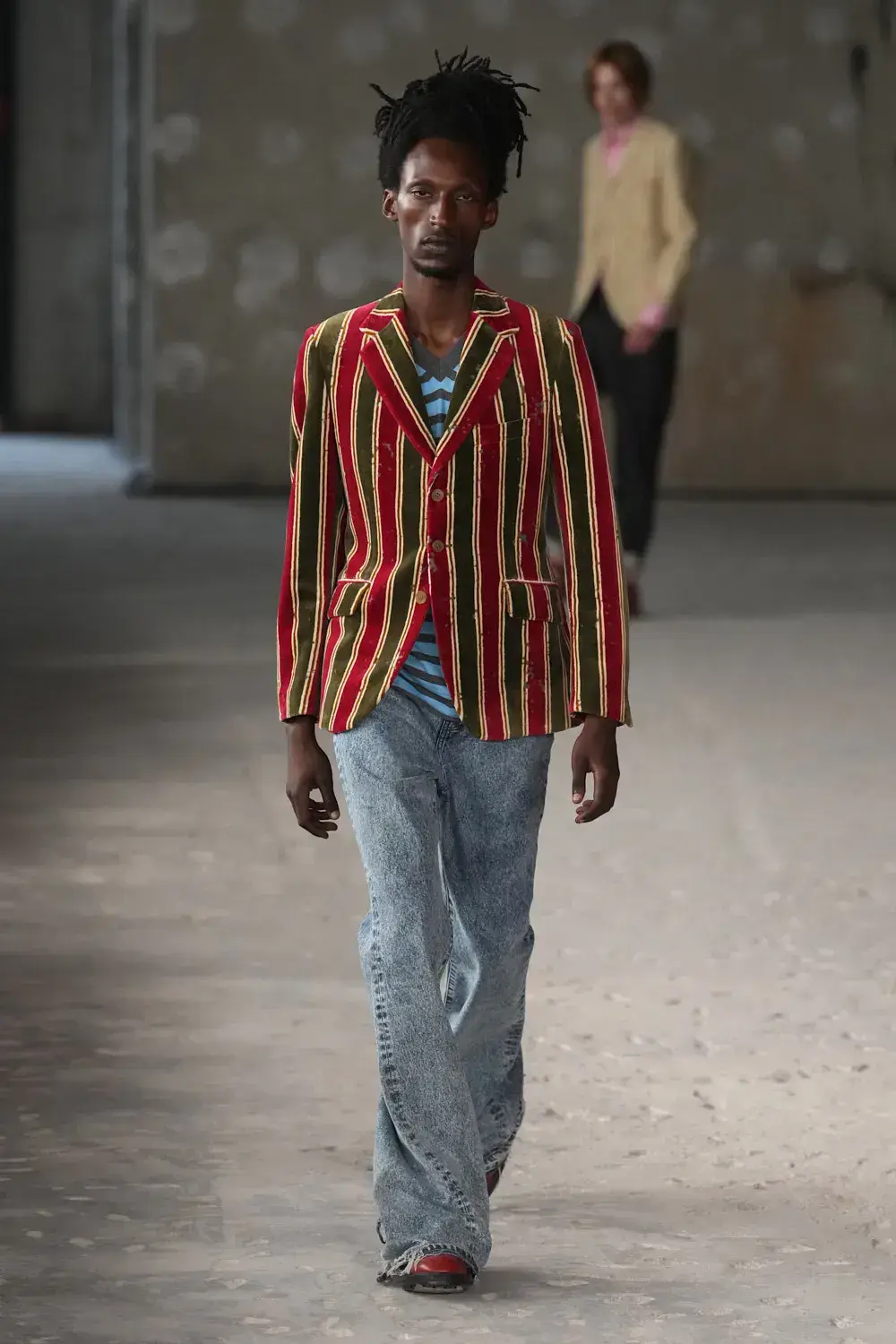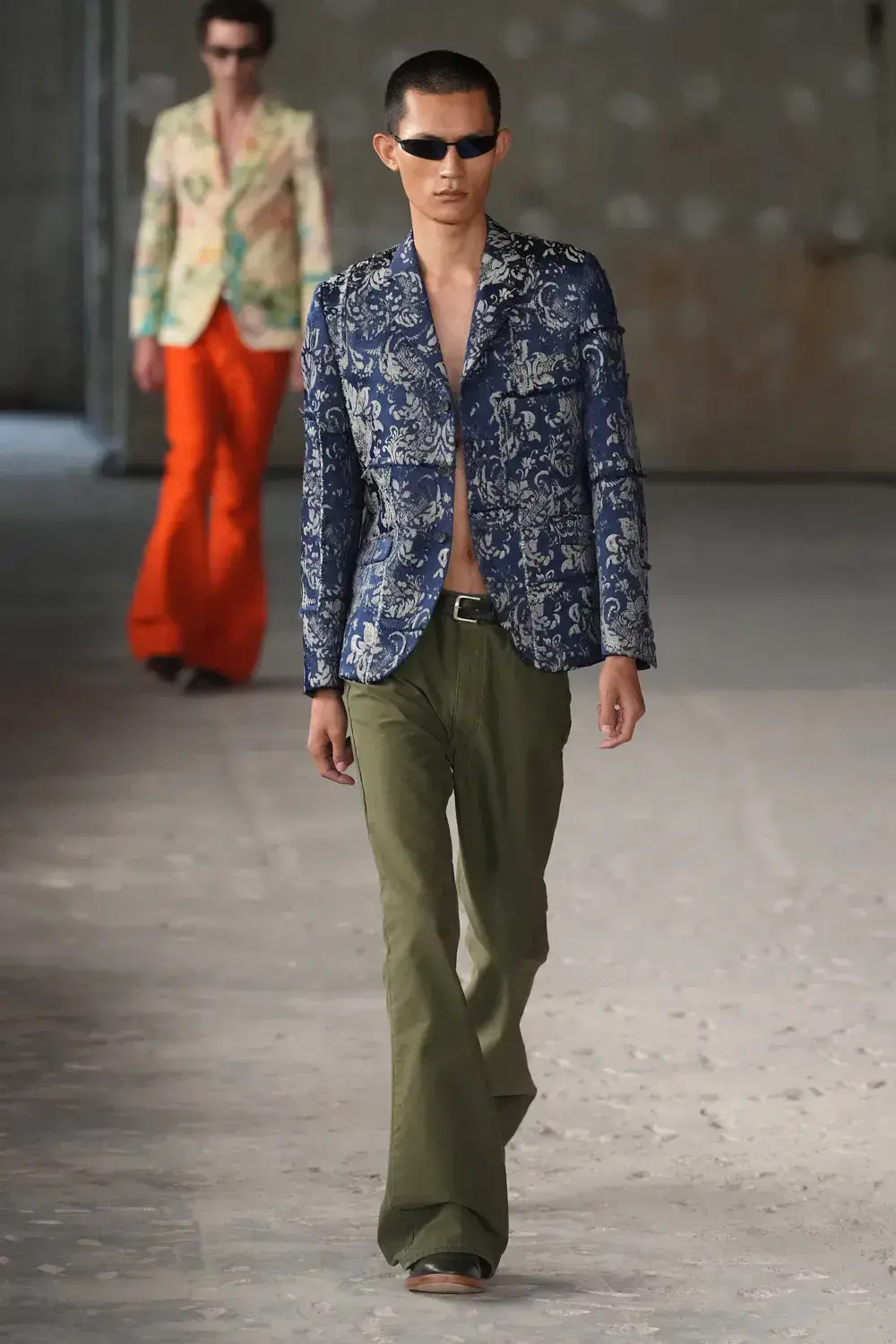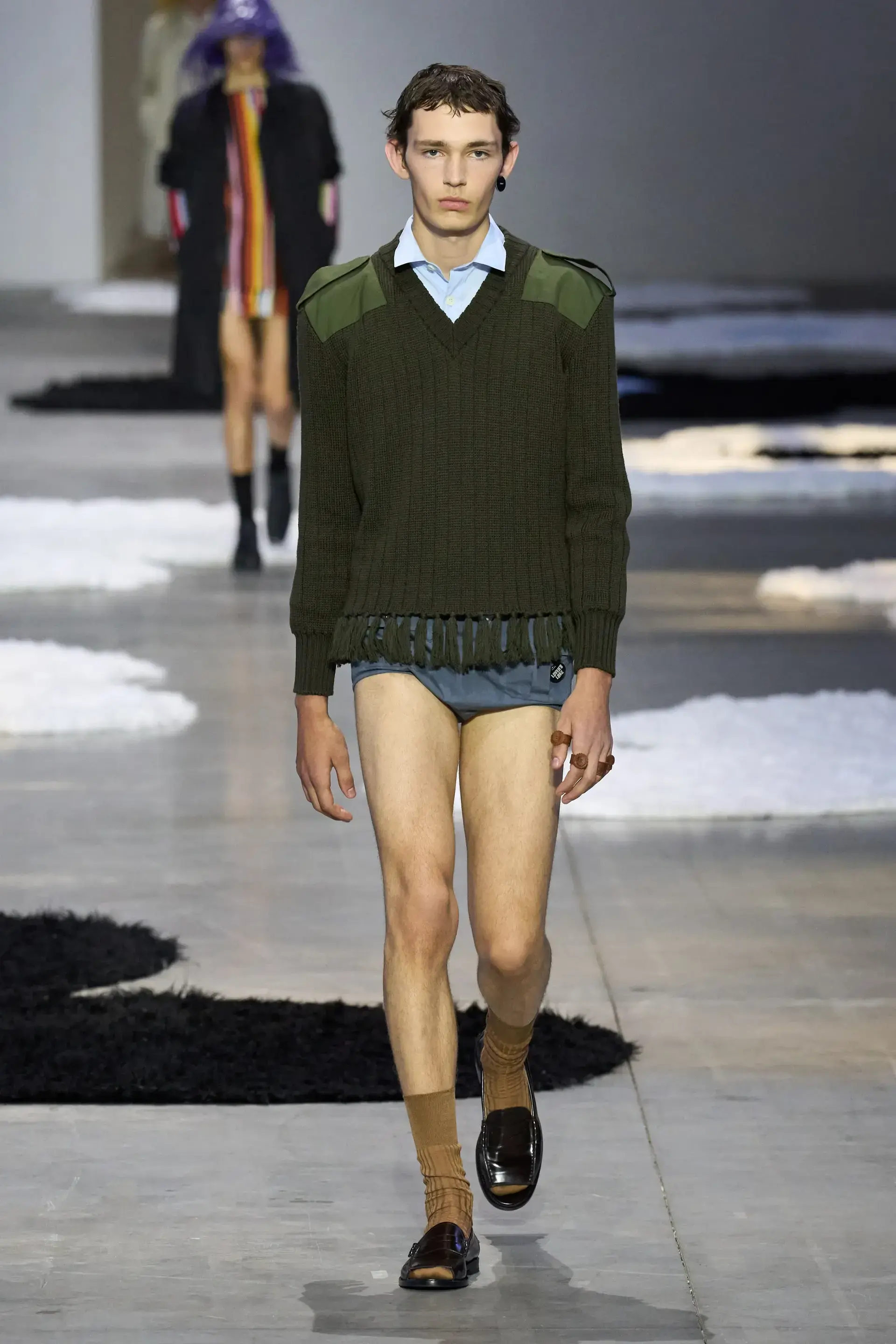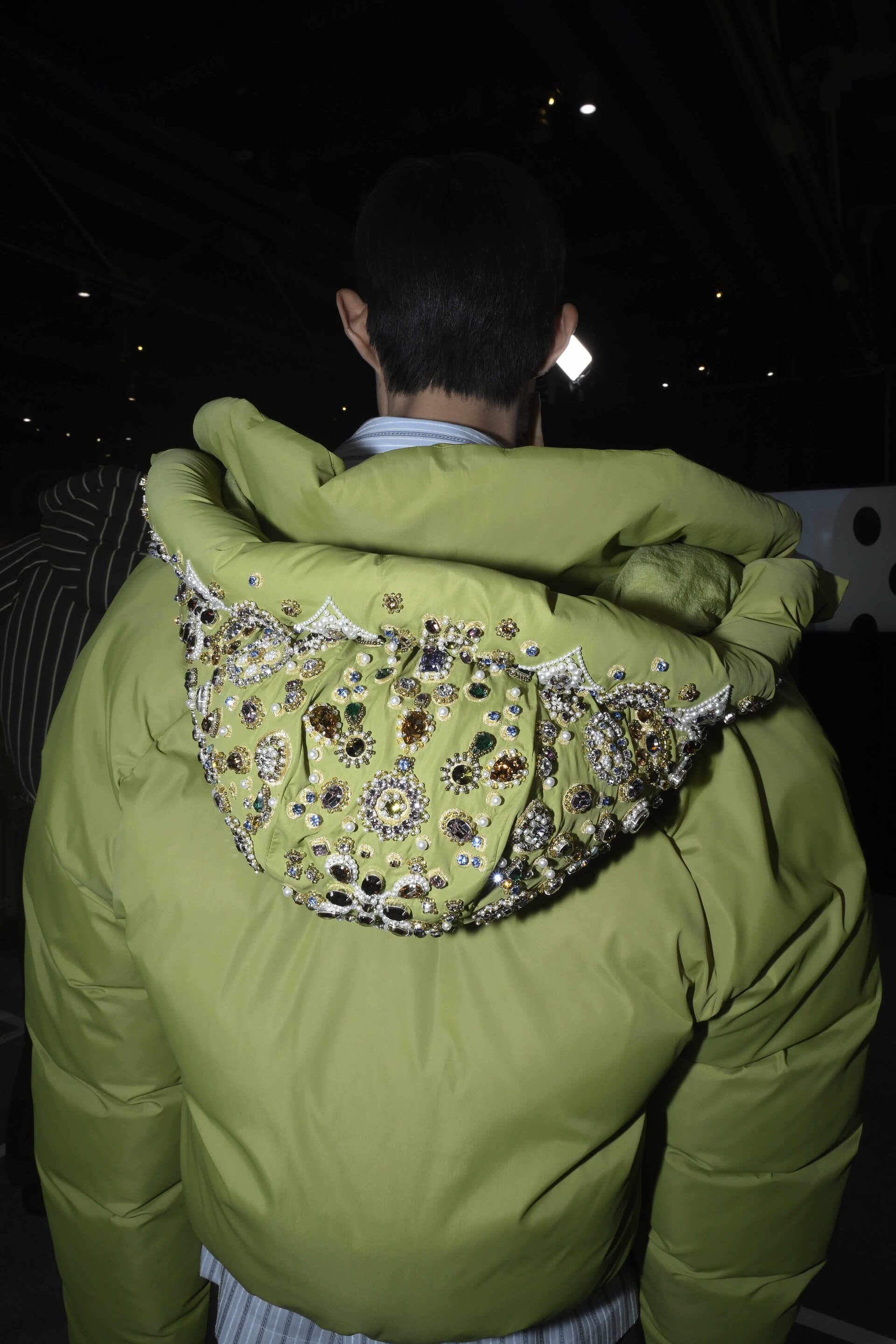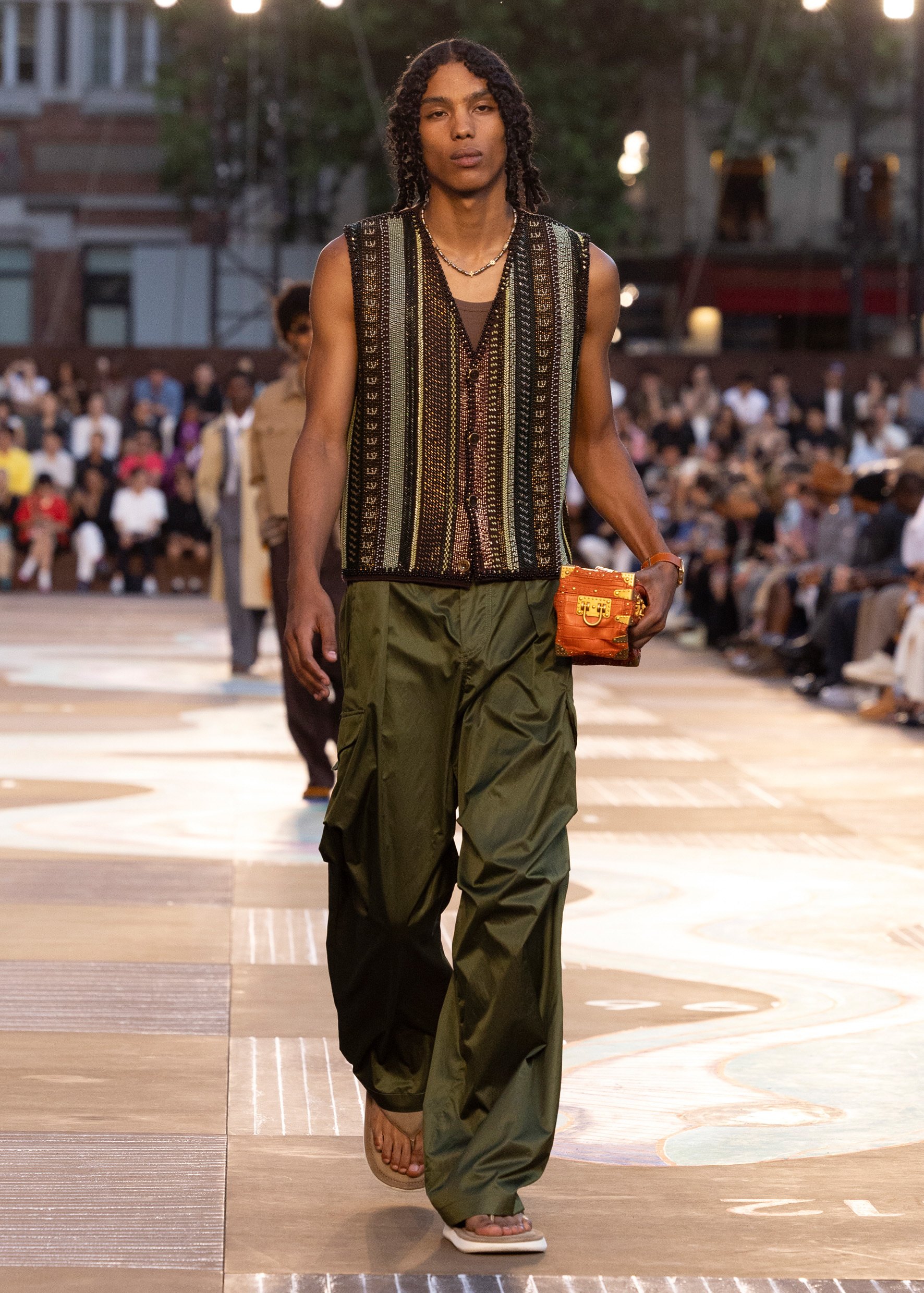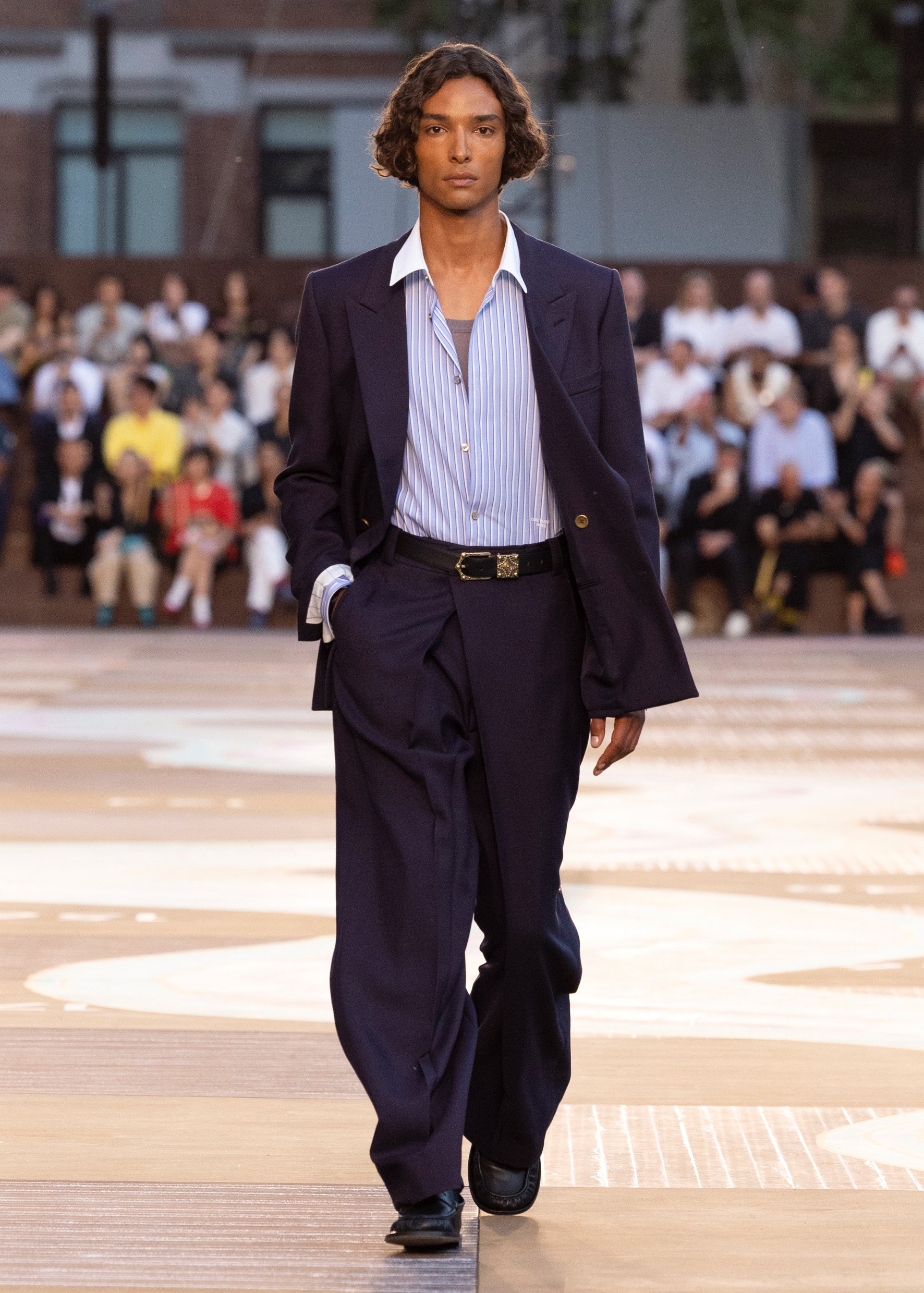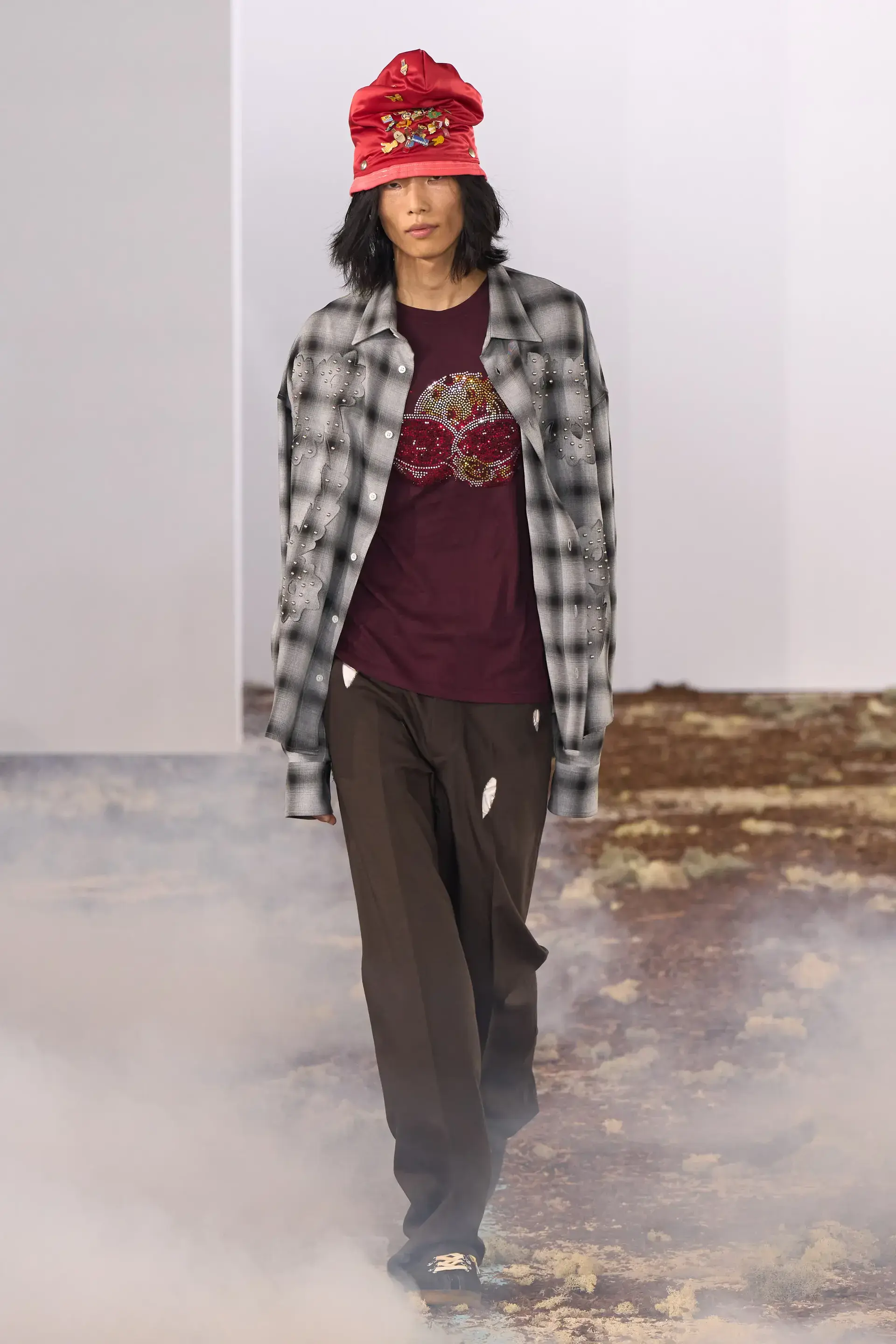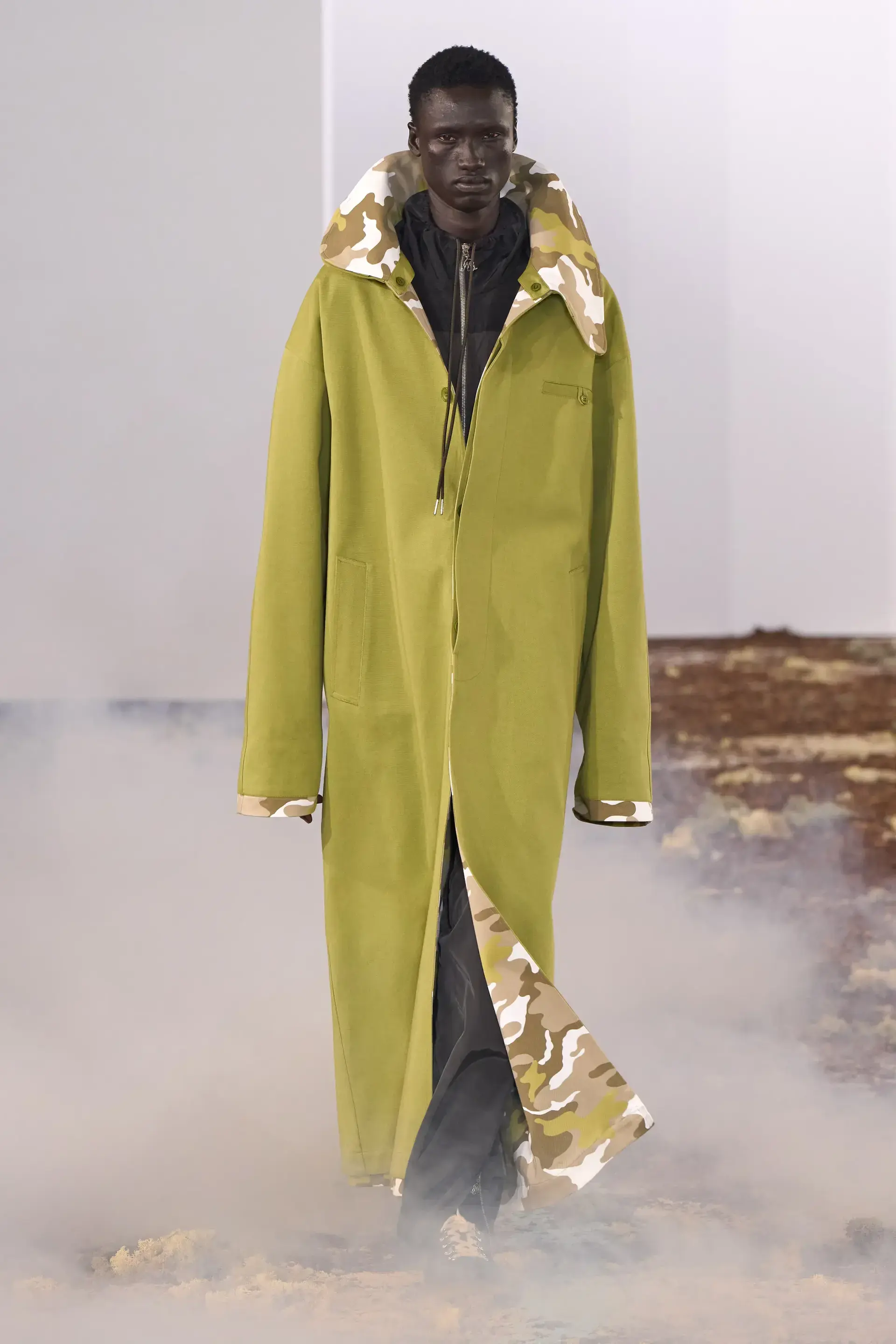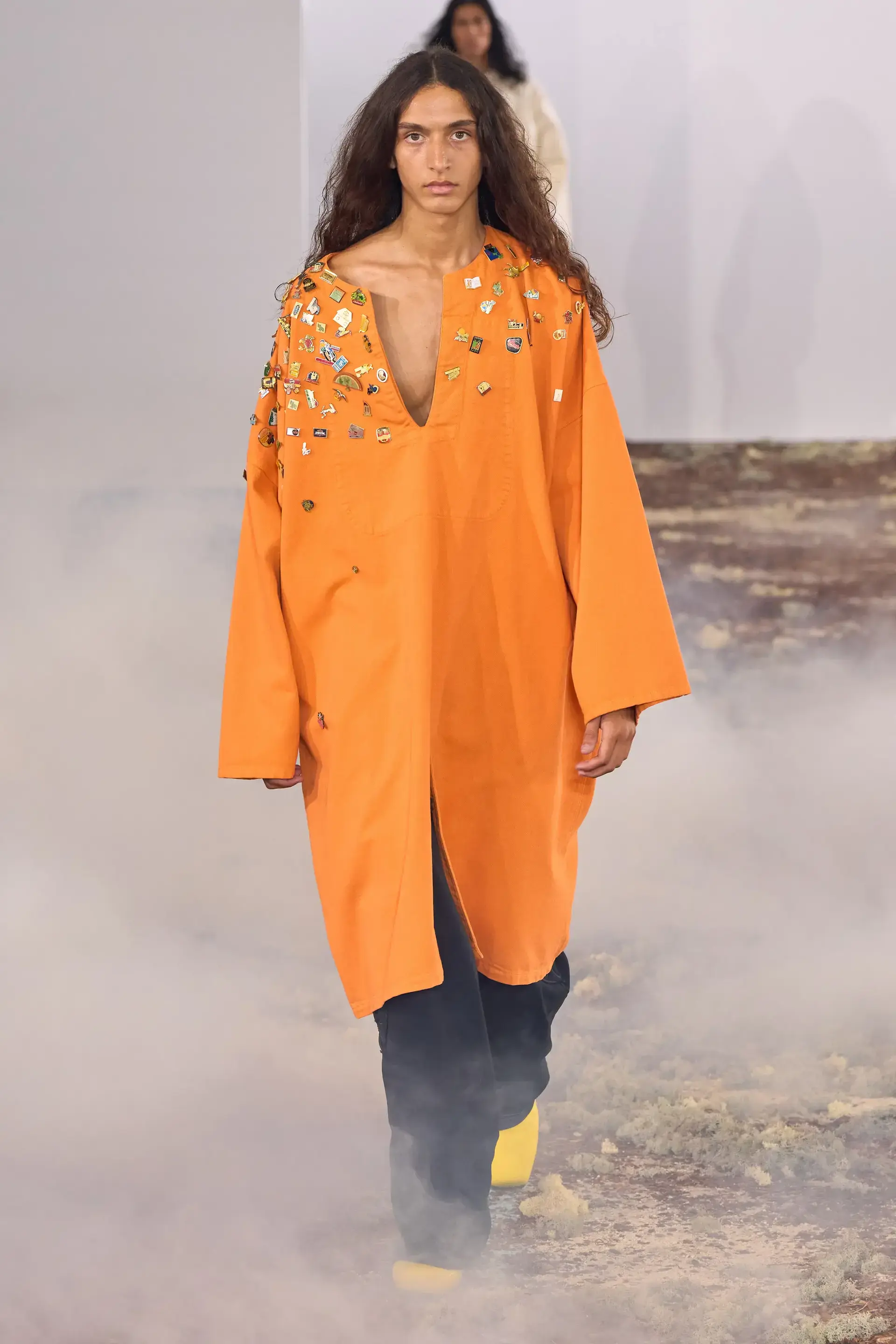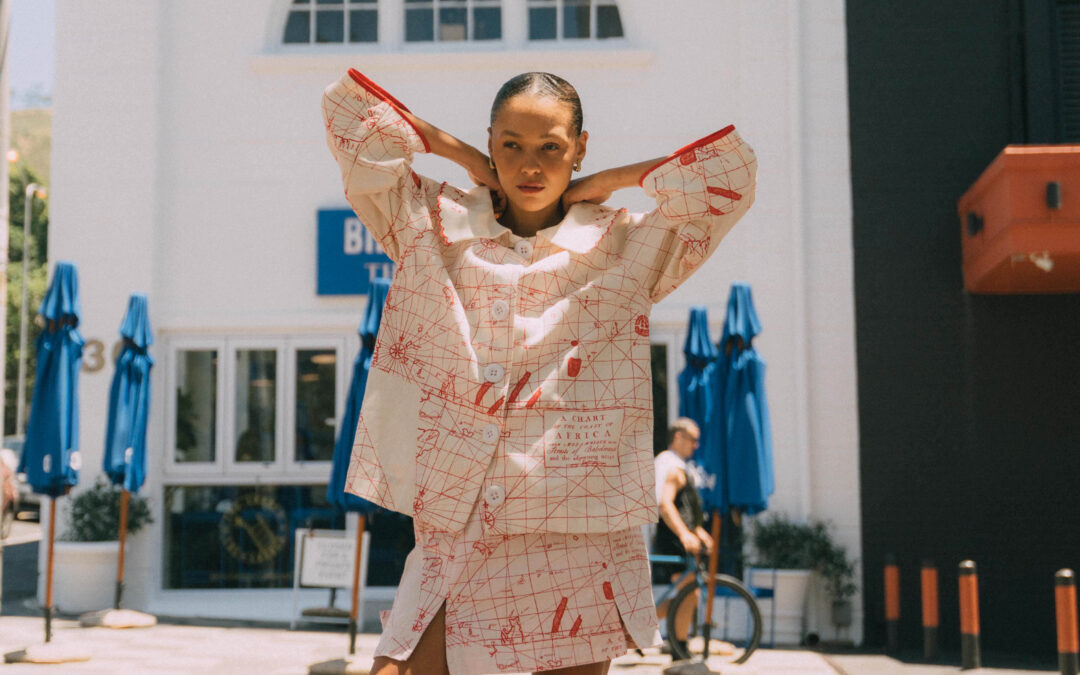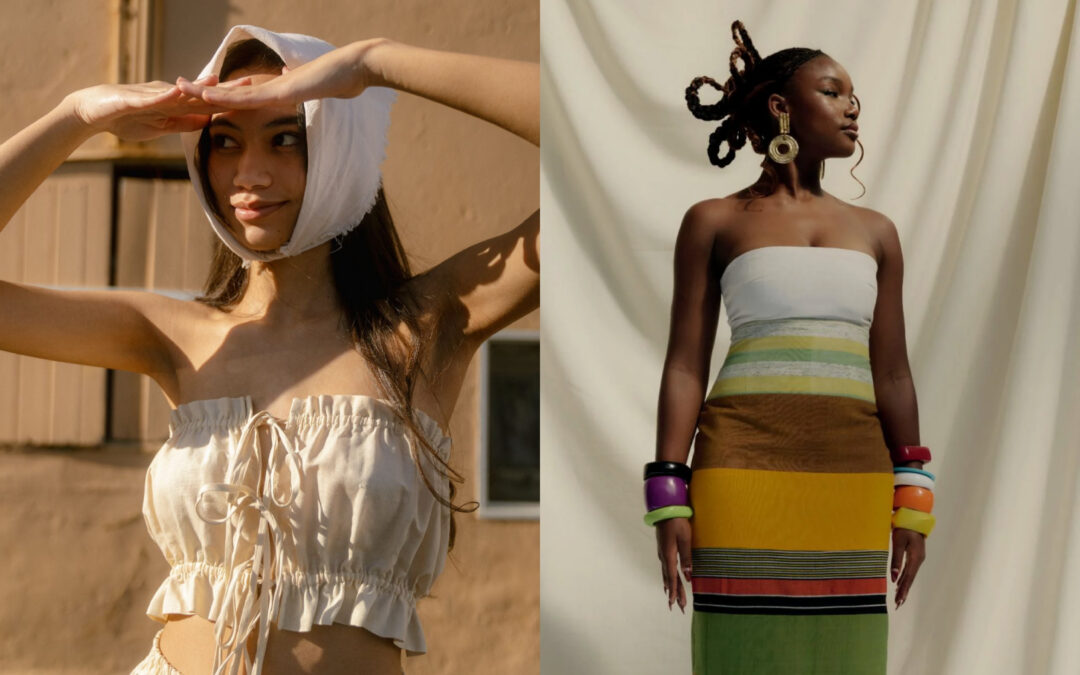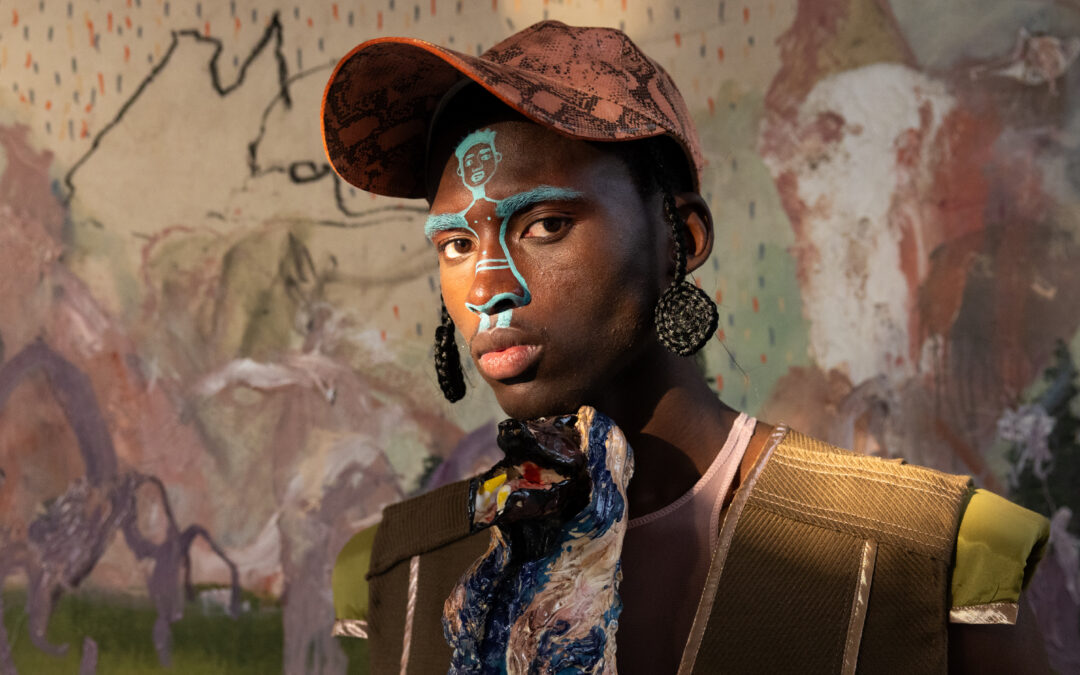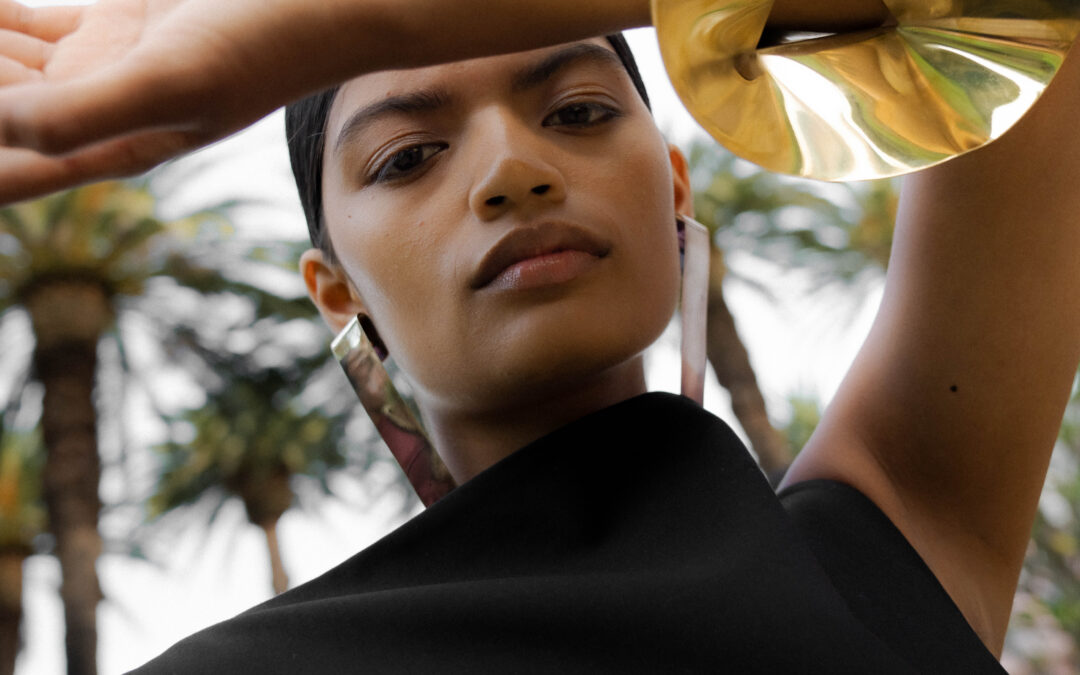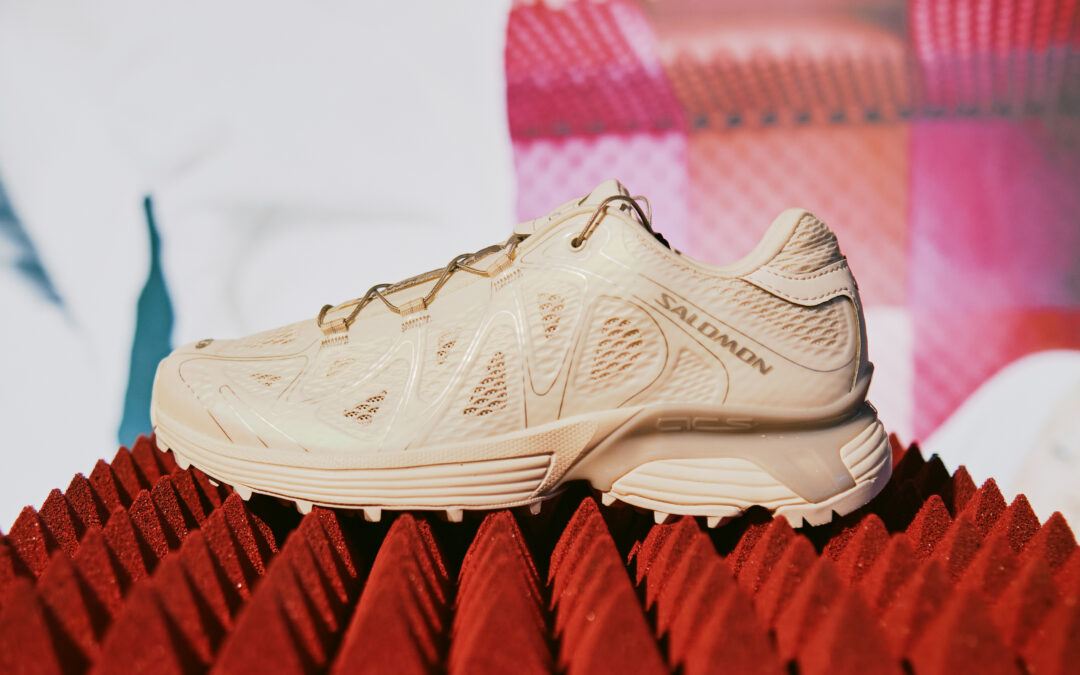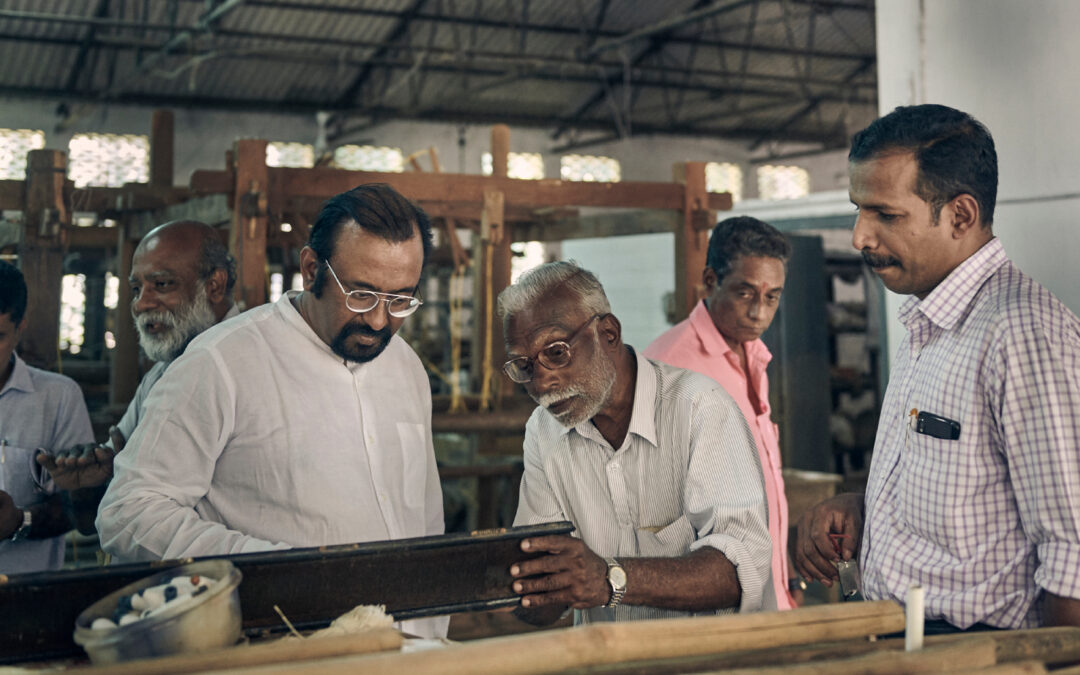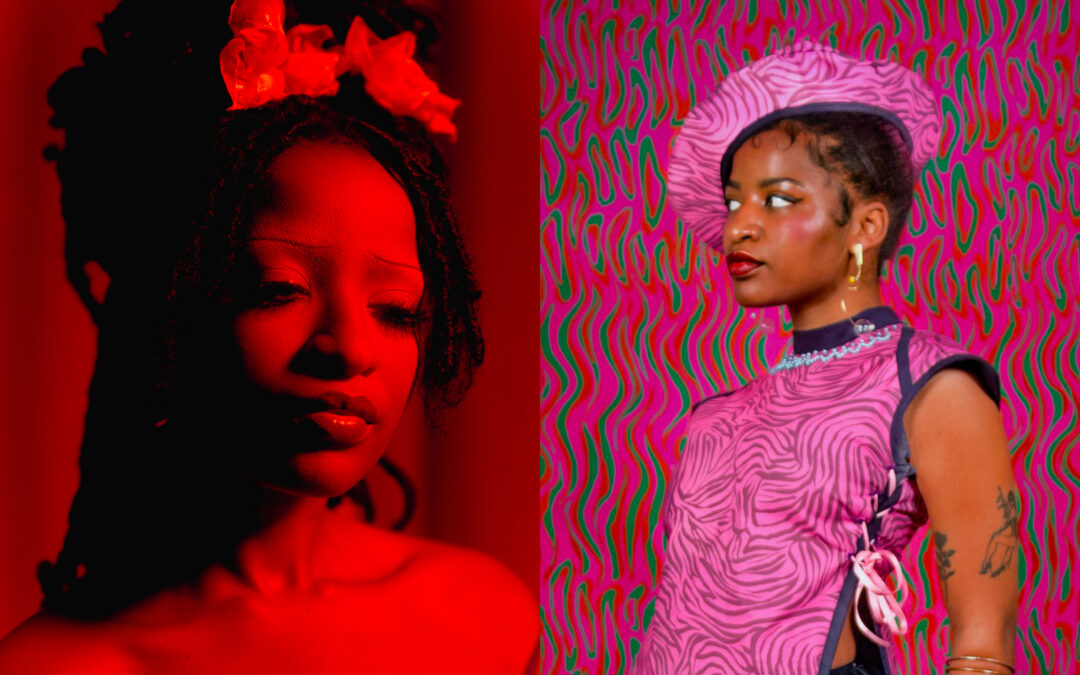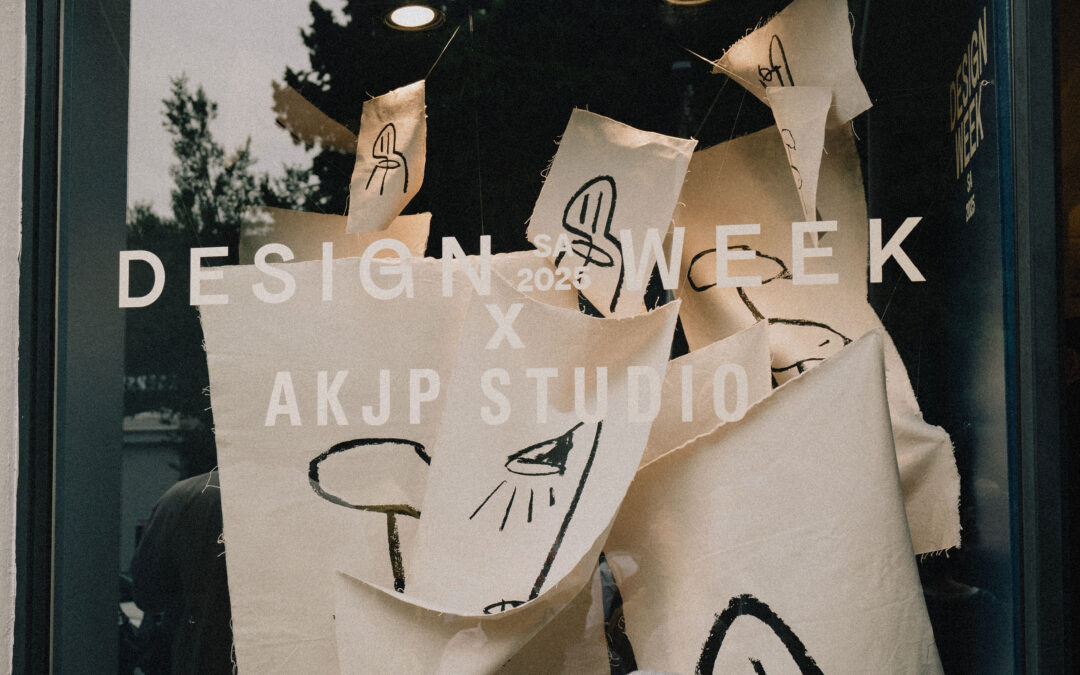Menswear is still wildly underrated. Season after season, it’s where some of the most boundary-pushing and emotionally resonant work happens. The best designers know that to design for men is to engage with codes—masculine, feminine, functional, performative—and then to rewrite them, and SS26 was no exception. Manhood as a gendered construct is totally up for debate in the zeitgeist, and my overall feeling from this season is that manhood can be rewritten to express utter delight; what a funny and welcome feeling to hold, under the patriarchy. From landmark anniversaries to debut collections, the men’s shows this season were steeped in nostalgia (fashion’s favourite sentiment) while gazing forward with radical clarity. Below is a round-up of some of our notable collections that have just taken flight.
Jonathan Anderson’s Dior Debut
First thing’s first, the most anticipated show of the season; and one thing about Jonathan William Anderson? He’s going to mix playfulness and reverence in one seismic swoop. In his debut at Dior, where he now leads the house across menswear, womenswear, accessories, and more, a perfect precision of tradition and subversion was underway. Referencing Christian Dior’s enduring love for the tailored silhouette—rooted in the late designer’s post-war New Look revolution—Anderson brought in his signature irreverence: oversized, deconstructed cargo shorts, smoking jackets, lithe waistcoats, layered pieces, and even puffer jackets. Despite the range of sensibilities at play, the collection maintained a deep cohesion, and this appears to already be the recalibration that the previously siloed house had so desperately needed. JW is a creative director in the truest sense; showing once again that he has the mastery and thoughtfulness to carve out precisely what a brand needs to say and do, now. Anderson—lauded for his eponymous label and for the now-legendary reinvigoration of Loewe (arguably one of fashion’s most profound acts of resurrection) has long balanced the line between sculpture and wearability, humour and thoughtfulness. With this collection, JW dressed a new Dior Homme: intellectually sharp, emotionally textured, and delightfully unafraid.
I’ve not been this excited for Dior since darling John Galliano’s exit in 2011.
All imagery via Gorunway.com
Julian Klausner Debuts at Dries Van Noten
This season marked Julian Klausner’s highly anticipated debut at Dries Van Noten, following the founder’s departure. Menswear has always been foundational to the house—Dries launched his menswear line in 1986, seven years before branching into womenswear. Klausner demonstrated a cerebral yet tactile approach to tailoring, and brought a sense of rooted continuity while reawakening the archival elegance and sensuality Dries was loved for. His approach nodded to the brand’s romanticism, but injected it with a new clarity; across the myriad of patterns and prints key to the Van Noten empire, the injections of crimson red and the feminine silhouettes sent me into a state of revelry. What a debut, executed with such exuberant joy.
All imagery via Gorunway.com
Jacquemus’ Emotional Family Tribute
I’ll be the first to admit that I’ve tended to view Simon Porte Jacquemus as a master of advertising and experiential design, rather than as a very serious designer. This might be because of the run the label has been on in creating virality and hype, often leaving me wanting more in terms of technical finesse and depth of silhouette. Well, I stand corrected — his La Paysan collection is perhaps one of the best shows I’ve seen in a long time, with so many pieces I personally covet. Then, there’s the incredible story behind it; beyond artful, the collection is a heartfelt homage to his Provençal roots. Born and raised in the south of France, Jacquemus drew from the sensory memories of his childhood — the sun-drenched landscapes, the textures of rural life, the utter chicness embodied by the women who raised him and the boys he looked up to, with a unisex show that encompassed his roots. I just adored the iterative take on ‘hoop skirts,’ inspired by his grandmother (who, by the way, has never missed a single one of his shows, and stood tearfully in awe afterwards). There was something deeply touching in the way he reimagined rural femininity and masculinity through sun-washed linens, crisp shirting, pops of bold colours, and silhouettes that spoke of both structure and softness; it all felt grounded and incredibly poetic. In this instance, Jacquemus didn’t require spectacle to speak; the collection and story were irrevocably powerful. More Simone, please.
All imagery via Gorunway.com
Ziggy Chen’s Subversive Naturalism
China remains hugely underrated in global fashion discourse, despite its deep aesthetic traditions and growing contemporary visionaries. Shanghai, in particular, is rising as a cultural force from the East. Shanghai-based designer Ziggy Chen’s latest collection is a masterclass in this synthesis. Remaining true to his established codes, Ziggy creates his own fabrics — often in wool, linen, hemp, and cotton — with an emphasis on comfort, texture, and the kind of subversive, slouched naturalism that I want to envelop myself in. His silhouettes are loose and softly tailored, eschewing rigidity in favour of a lived-in, emotional presence. The anti-fashion sentiment is noted in the understated detailing, in-house fabrication and the refusal of flashy trends; as a designer, Ziggy knows who he is and what he wants to say. This is natural, organic — almost spiritual — armoury. CEC’s very own Candice Erasmus was in attendance at the show representing South African media, and suffice to say, we’re obsessed.
Imagery via @ziggychen IG and CEC’s EIC Candice Erasmus
Wales Bonner’s ‘Jewel’ and a Decade in Paris
Celebrating 10 years of her namesake label, Grace Wales Bonner staged her SS26 show in Paris with a collection titled Jewel—an exploration of heritage, as always. Wales Bonner’s tender, intellectual take on diasporic identity and Black masculinity, and as the star of this year’s Met Gala; she is still in an immaculate place, a decade later. This season included the label’s continued footwear collaboration with Y-3, blending Adidas’ sportswear codes with her signature tailoring and embellishment. It was a restrained show, a decade of reshaping the men’s fashion canon.
All imagery via Gorunway.com
Rick Owens’s ‘Temple of Love’ at Palais de Tokyo
Rick Owens is a prophet of theatrical decay, and SS26 was among his most emotionally charged spectacles. As devotees of the Owenscorp tribe filed in (it’s perhaps the only show in which most of the guests are head-to-toe in their own archival Rick) and titled Temple of Love, the show was staged at the Palais de Tokyo, where models descended into a literal baptism via the Seine-facing fountain. Rick’s dedication to doing precisely what he wants is always an intense joy to see. A master of industrial romance, he sent out silhouettes sliced, slashed, and soaked. Glam as ever, sexy as hell.There were deep V vests printed with his birth star chart, urinal-photo hoodies, and all manner of pieces rendered void of practicality. Leather cloaks hung like scorched wings, biker jackets were dissected to reveal flesh, and fringed fabrics moved like shadows in water. Rick offered myth and messiah—ritual and ruin, and exalting the male-form as his offering to the gods; muscles, muscles and more muscles. At a time when our world feels flung toward fascism and the chokehold of oppressing liberties are so horrifying commonplace, Rick always reminds us that the outcasts and keepers of the shadow realms are our eternal safety net; and weirdness and freedom will always, always win.
All imagery via Gorunway.com
Acne Studios Celebrates 30 Years and Counting
For their 30th anniversary, Acne Studios revisited its origins. Creative Director Jonny Johansson looked to the archives—specifically his 1998 sketchbooks. The result was a seventies-adjacent take on modern utility: denim jeans (Acne began with denim, so its deep lore), bomber-nylon cuttings, and slouchy silhouettes that paid homage to the brand’s late-90s underground roots. The collection was a clean and clear articulation of androgyny and decadence; referentially seventies, with a louche confidence and silhouettes and an ease to the tight proportions—slouchy, but deliberate—cut through with Scandinavian precision.
All imagery via Gorunway.com
Junya Watanabe’s Precision and Power in Restraint
In stark contrast to the maximalism of other shows, Junya Watanabe presented a tightly edited 12-look collection focused on the perfect blazer. Watanabe, long known for his deep technical innovation and cultish following, used restraint as a statement. The looks channelled a kind of ’70s rock aristocracy—blazers that felt pulled from a Led Zeppelin tour wardrobe, reworked through a Tokyo lens. Understated but razor-sharp, the archives of rock ‘n roll, punk and grunge continue to be Junya’s deepest source of edification.
All imagery via Gorunway.com
Prada Kinda Misses The Mark
This was the first Prada menswear show since relocating to its vast Fondazione Prada. Men’s bloomers? Oh my god, yes please, alongside other bold colours and tracksuit style moments. Raf Simons and Miuccia Prada’s creative duoship has always been about tension and contrast: Raf’s subcultural severity meeting Miuccia’s conceptual irony. But overall, across 57 looks, the show felt slightly lacklustre—visually refined, yes, but emotionally misplaced, in my humble opinion. As Diet Paratha pointed out—the British South Asian media platform and witty offshoot of Diet Prada— the ‘puri-style’ leather sandals that walked the runway bore a striking resemblance to traditional styles made by leather artisans in Rajasthan, India. Yet, no credit or context was offered? In a house known for intellectual rigour and self-awareness, the oversight feels very disappointing and out of touch.
All imagery via Gorunway.com
Louis Vuitton’s From Paris to India
Fashion has a long-standing love affair with India, and with good reason. The subcontinental country is replete with some of the world’s richest textile histories, masterful craftsmanship, and layered cultural codes. To understand India is to invoke opulence, so, it’s no wonder that Pharrell Williams’ Spring-Summer 2026 Men’s Collection for Louis Vuitton charted a course from Paris to India, fusing dandyism with the sun-drenched textures and sensibilities of Indian sartorialism.
Where Prada flirted with cultural appropriation this season, Pharrell’s Louis Vuitton leaned into cultural appreciation, through actual collaboration and reverence. Set against a life-sized Snakes and Ladders board designed by Studio Mumbai, the show unfolded as a meditation on tradition and nature. Garments in faded silks, bouclé checks, and sun-bleached tones echoed wanderlust; a sentiment that reverberated with stunning effect this season. The collection revived The Darjeeling Limited motif across embroidery, luggage, and accessories. Footwear and bags were rich with patina, while handcrafted details—lace, beadwork, metal yarn—celebrated artisanal savoir-faire. From check-woven shell suits to gem-encrusted Speedy bags and marble chess sets, the spirit was tactile and time-worn; and oh so delicious.
All imagery via Gorunway.com
Bluemarble’s Heavenly Grunge, but Make it Côte d’Azur
Anthony Alvarez continues to hone Bluemarble’s signature mix of global nostalgia and coastal exuberance. This season’s collection was inspired by the cable car that connects Toulon to Mont Faron in the South of France; mignon! Known for merging streetwear ease with couture-level detail, Alvarez delivered a collection full of sun-drenched, mountain-breeze duality. Grungey silhouettes were worn by beautiful boys with godlike bone structures and blasé expressions, who you’d love to smoke a joint with—effortless and luminous, their deadpan expressions gave way to their adornment in all manner of colour and drapery. Alvarez’s Bluemarble is definitionally cool.
All imagery via Gorunway.com

